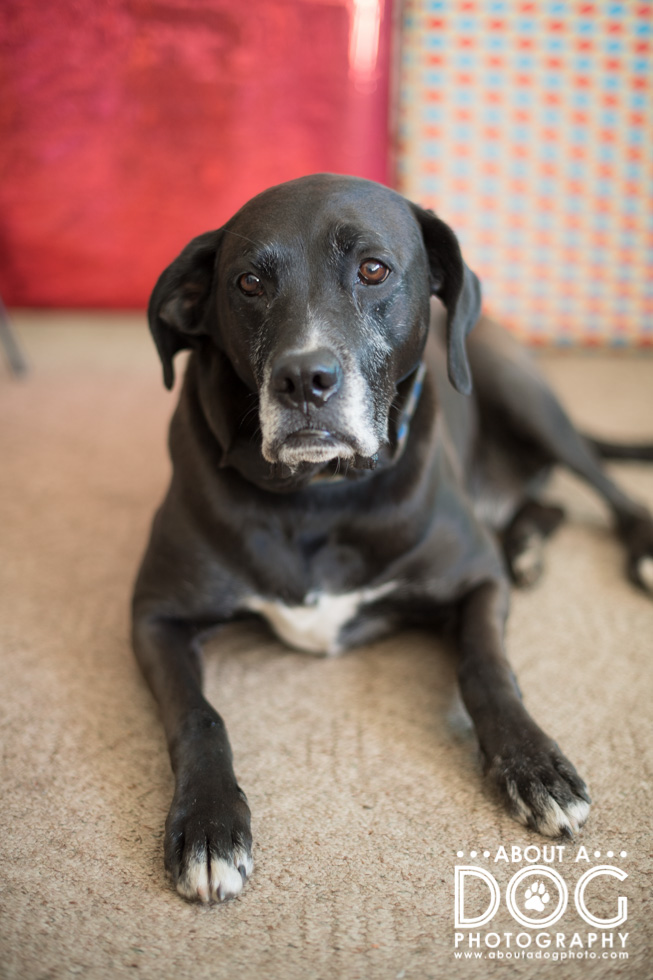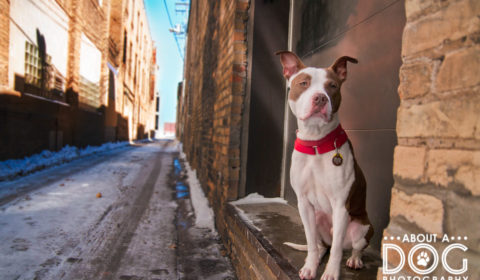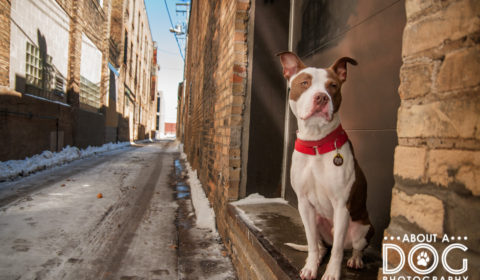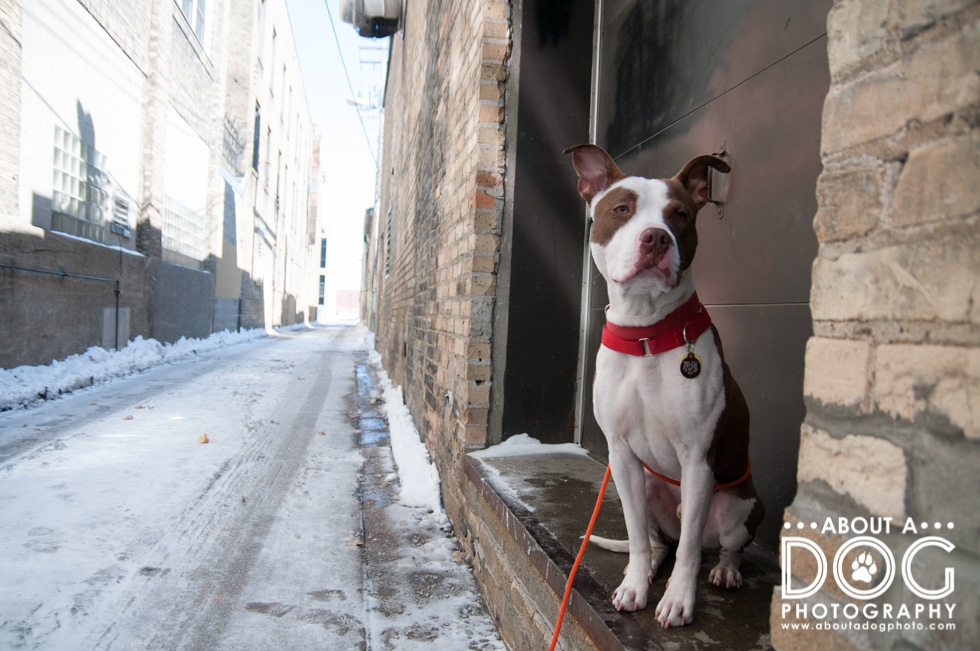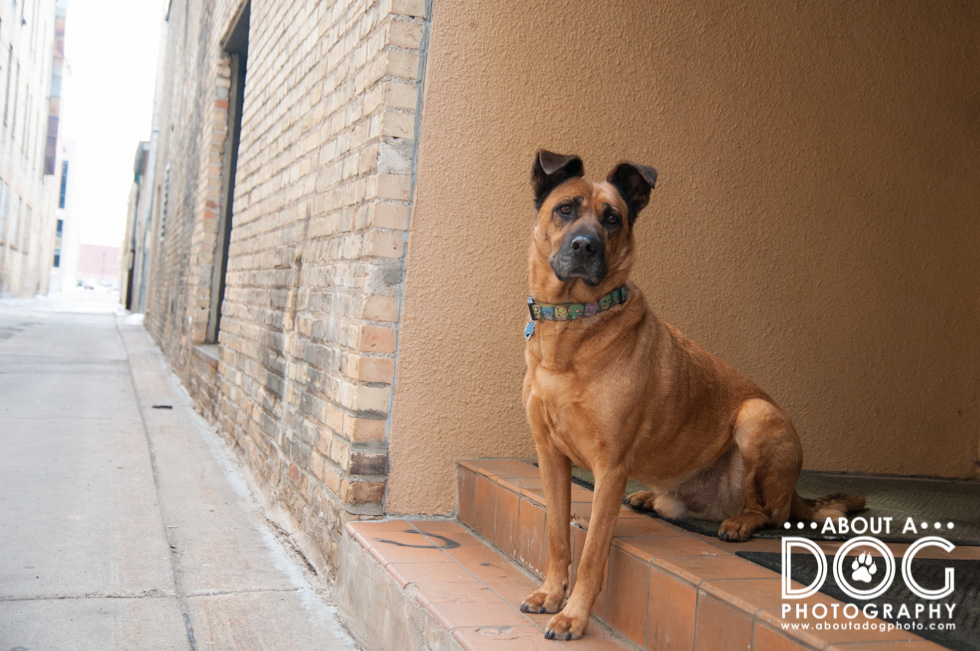52 Week Project | Colorful
Cahlean of About A Dog Photography in MN | The 52 Week Project is a blog circle with a theme for every week (which means we all link to each other, links are found at the end of the post).
The theme for this week’s 52 Week Project was colorful. Recently I was on a short notice quest for a vintage modern low back chair with no particular color (I was really hoping it wasn’t going to be a 70s olive green, red or blue would have been awesome).
First stop to one of my go to thrift stores in St. Cloud, with high anticipation but a worry that the quest for THE chair on such short notice (needed it in 5 days). Past various assorted pieces of furniture, a chair with ok lines but awful fabric when this piece of perfect caught my eye:

Orange vinyl with a “elephant skin” leather texture and wobbly leg (just needed to be tighten with a couple twists). Very vintage, with a solid spattering of white mildew on the outsides of the arms and up the back but otherwise in very good shape. I scooped it up, thinking it would weigh a ton – nope – actually it was very light! One handed carrying was easy to do and I strolled the rest of the store in case there would be a second chair to go home with me. No other chairs were found that day.
A solid scrubbing cut down on most of the mildew and the rest didn’t show in images. The chair’s first photoshoot was under my strobes and it performed wonderfully. (A huge thank you to Gus @gusgusinthecity for coming out to help me test out my lighting!)
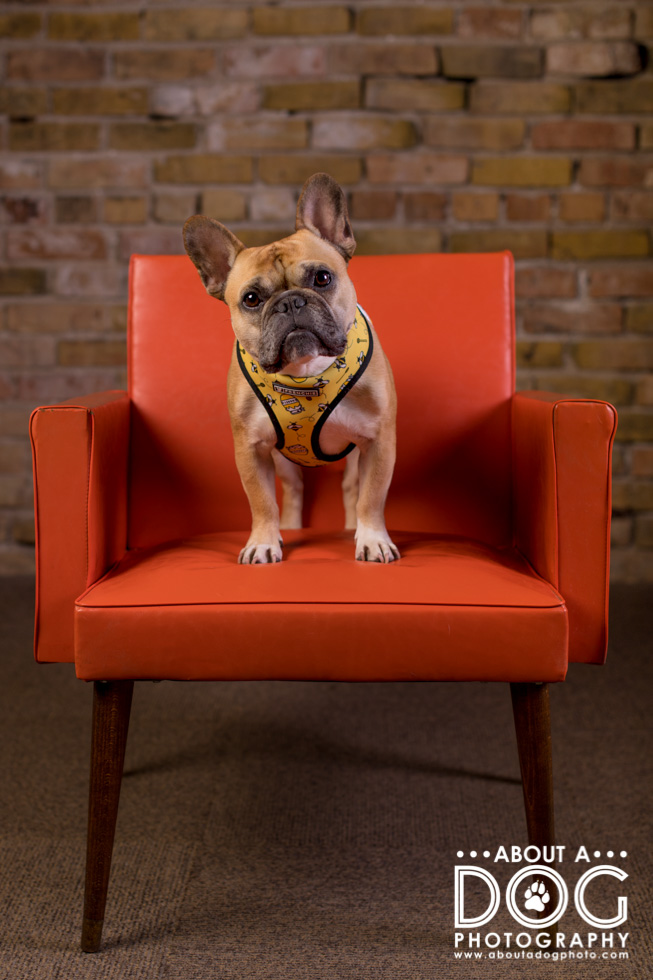
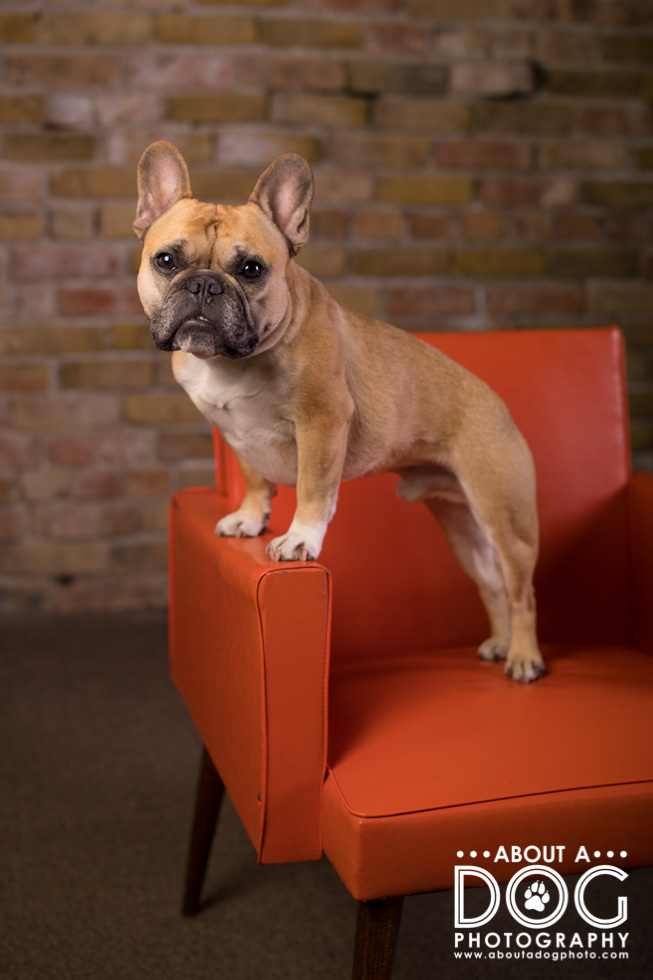
Back at home, I decided I wanted to try some outdoor images with the chair plus a very colorful vintage blanket to really have a strong pop of color for the colorful theme. The chair is a little smaller than I originally wanted (would be tricky to have a person and bigger dog sit together on it) but it worked well for Bender. He worked on his fashion model posing (don’t look at the camera, look stoic) both with and without the blanket, then as the sun warmed him he rocked a happy pant (a very uncommon thing to capture in portraits of him as he’s not an avid panter).
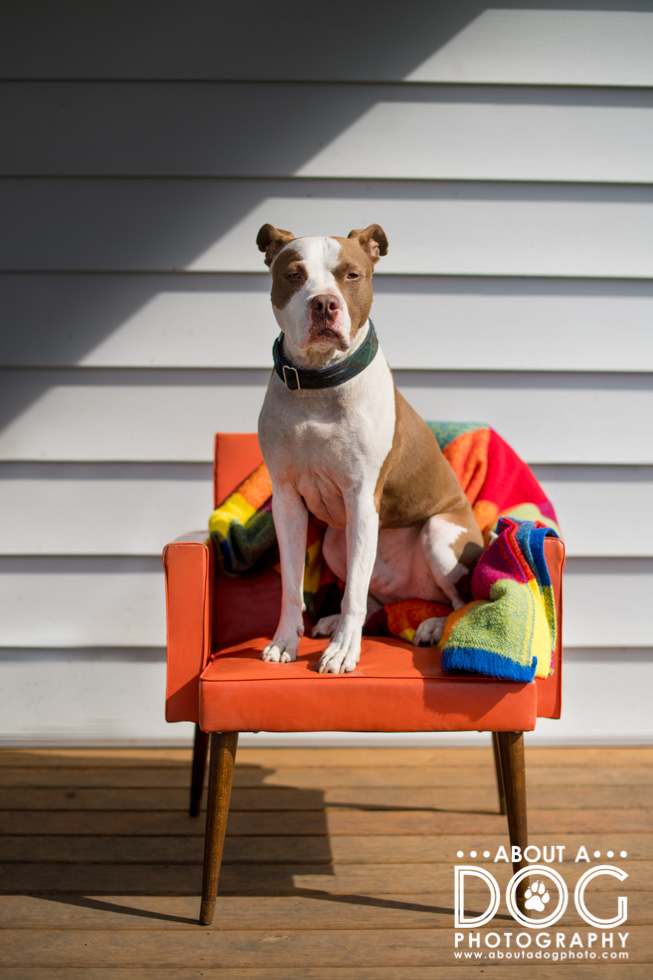

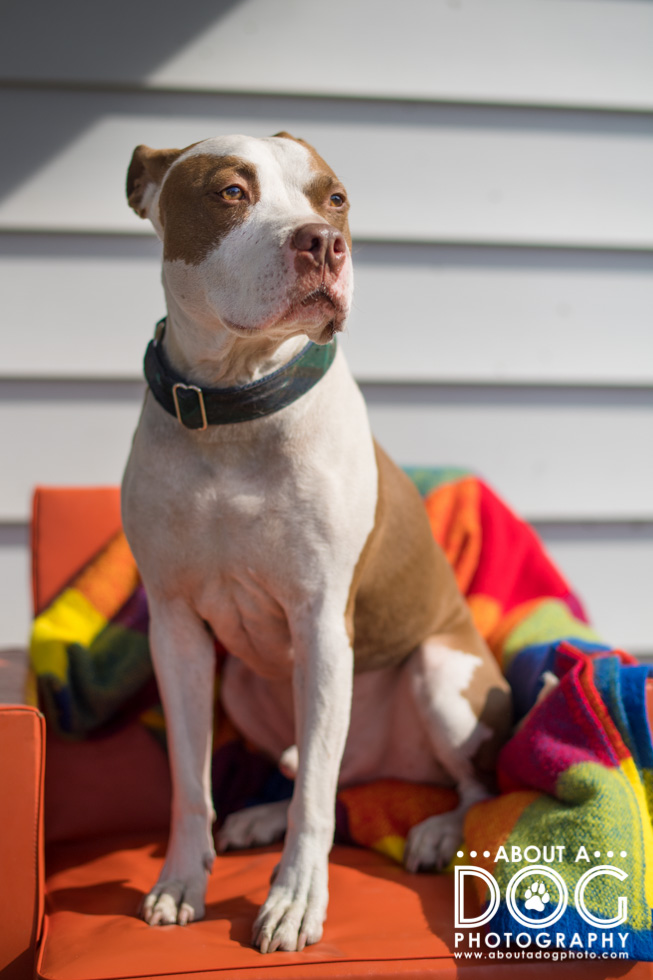
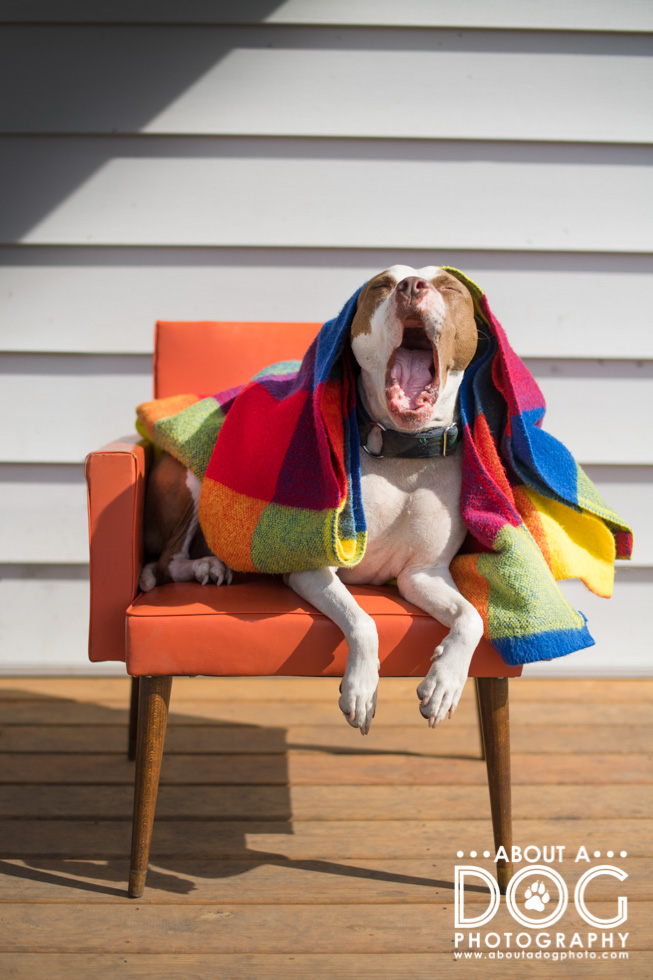
Modeling is just soooo stressful (insert a dramatic eye roll from me, all he has to do is sit and eat treats haha!). Pulled the blanket out of the frame so the chair could show off its color. I love the modernish lines, the bold color and the fact that the back is low profile so if its used against brick, a wall, any backdrop it can still be seen behind the chair. (Wingback chairs are a very solid love of mine, but their backs tend to be a bit too tall for the look I want.)
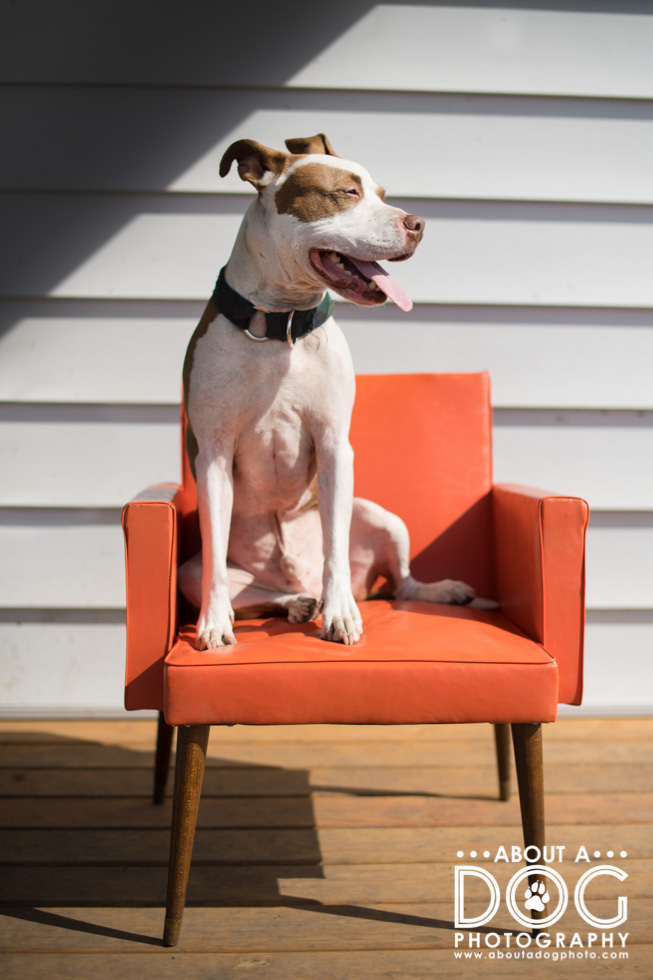
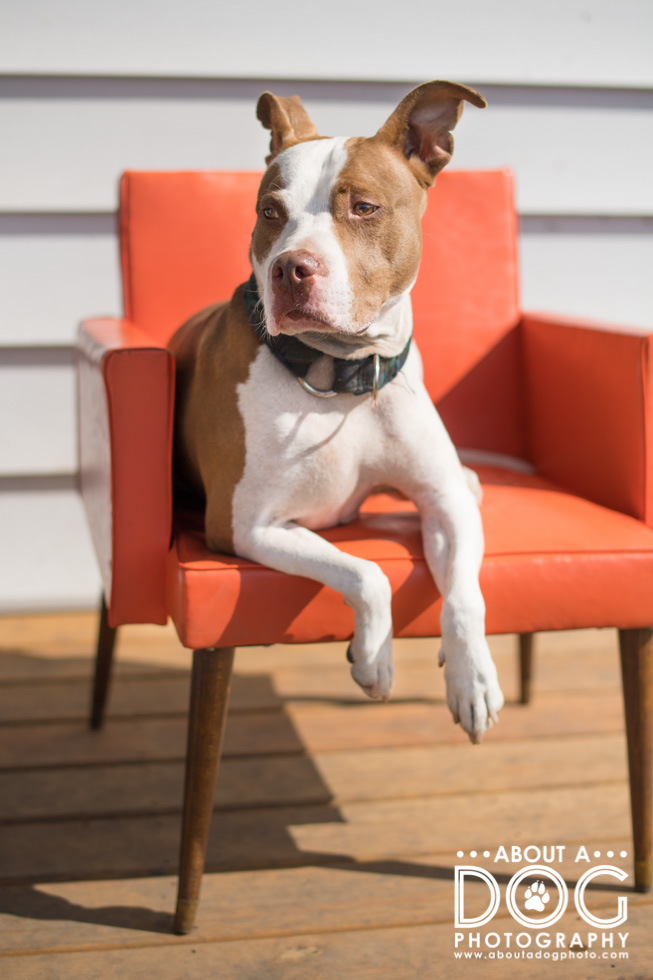
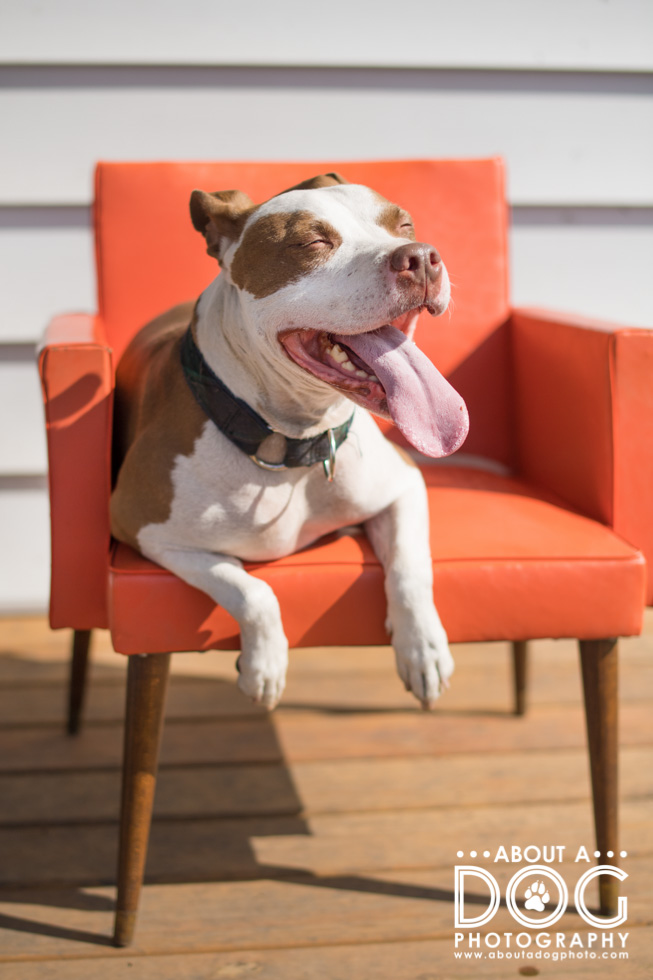
Back to the blanket (made by Tennessee Woolen Mills, not sure the rough vintage but its a soft, vibrant acrylic). The orange in the blanket perfectly matches the chair! 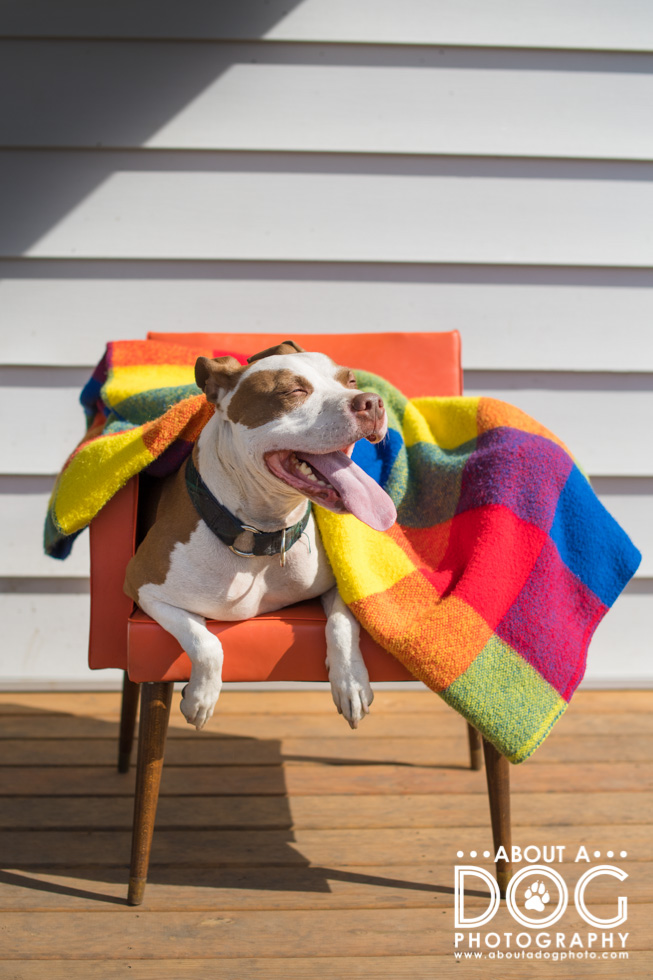
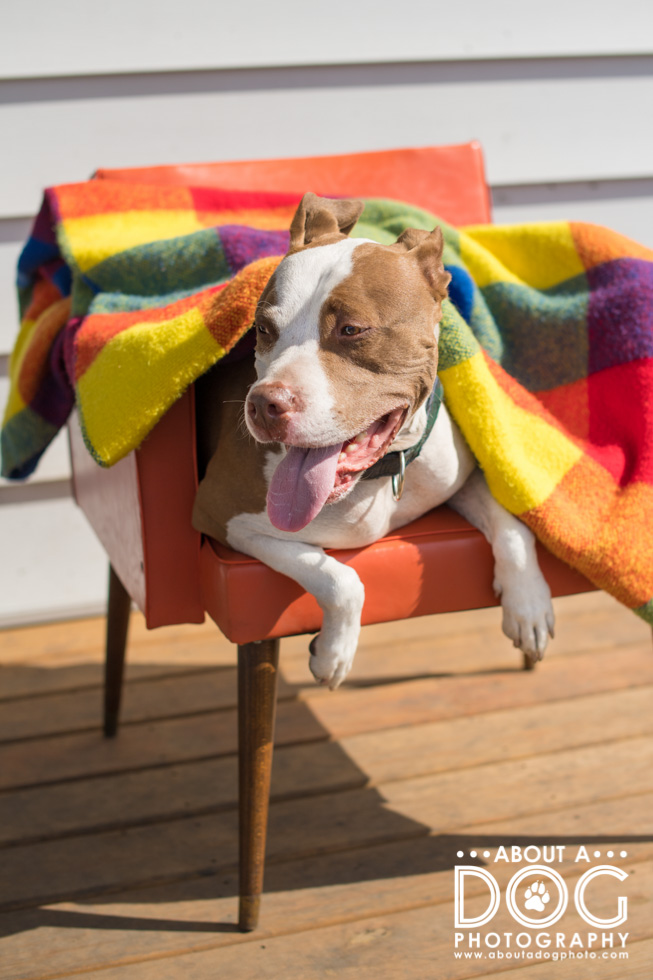
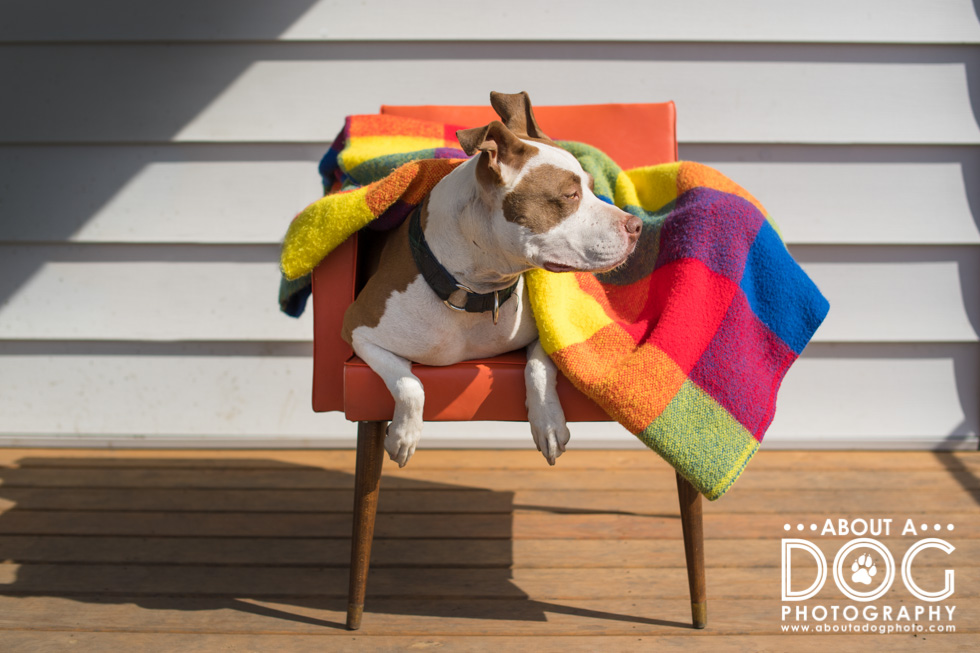
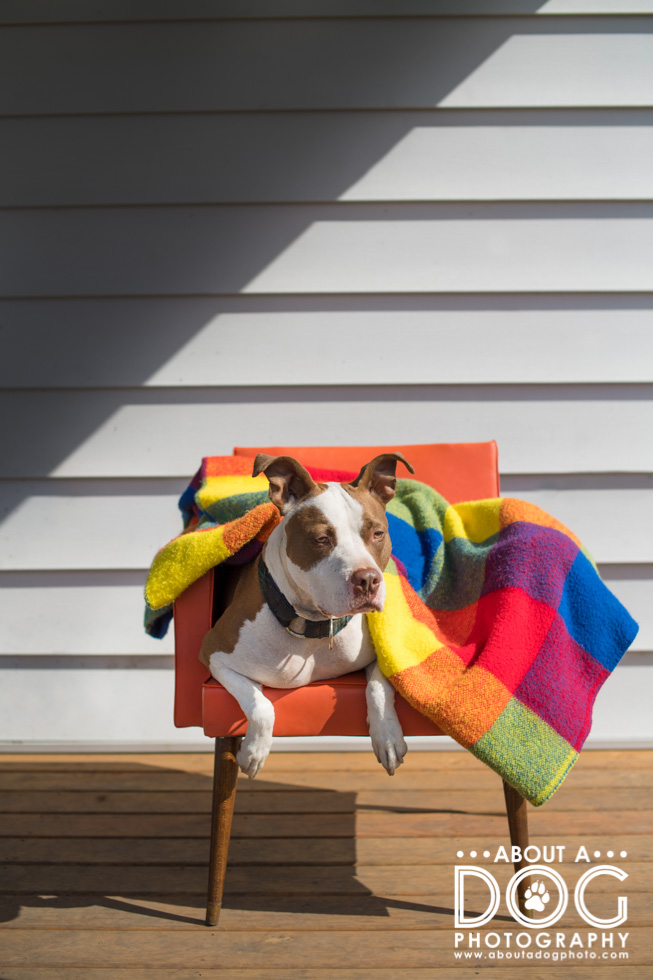
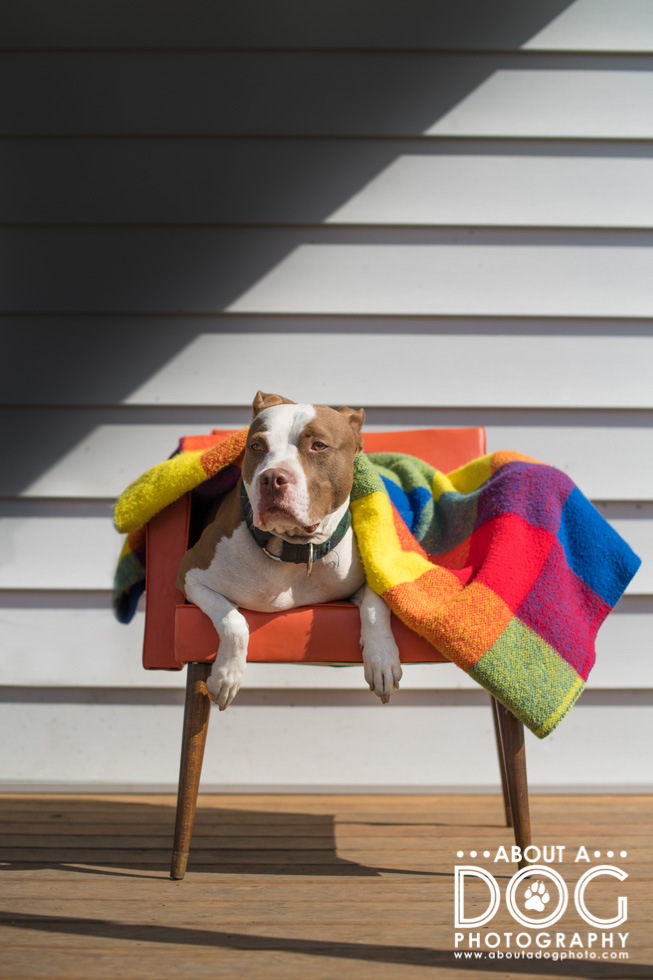
Next visit Jessica Wasik with Bark & Gold Photography, celebrating the joy and love between Pittsburgh pets and their people to see her colorful images!
52 Week Project | Colorful Read More »

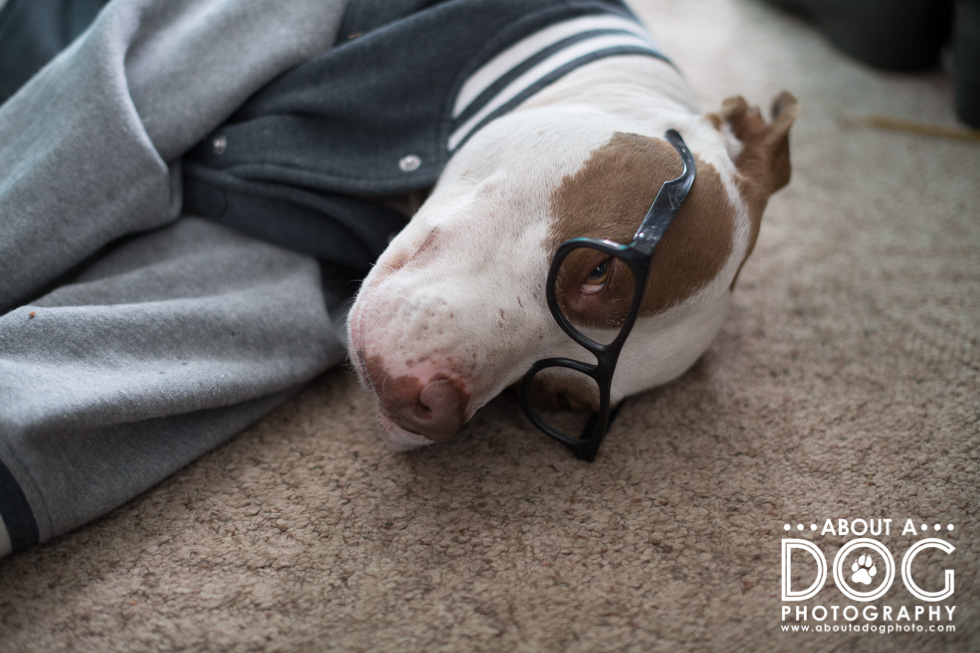 Seriously this dog… you’d think I was asking Bender to clean his room, do the laundry or some other mundane chore, not sit and look at the camera for a slew of tasty treats. Sigh (why he has to “die” when it comes to props, I have no idea.) The jacket and glasses were removed.
Seriously this dog… you’d think I was asking Bender to clean his room, do the laundry or some other mundane chore, not sit and look at the camera for a slew of tasty treats. Sigh (why he has to “die” when it comes to props, I have no idea.) The jacket and glasses were removed.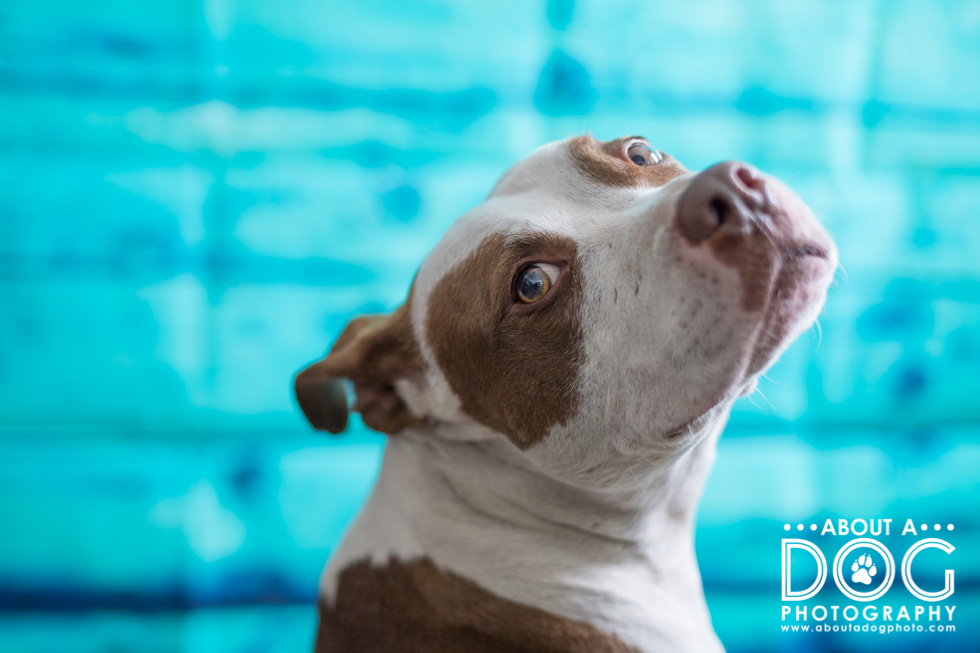
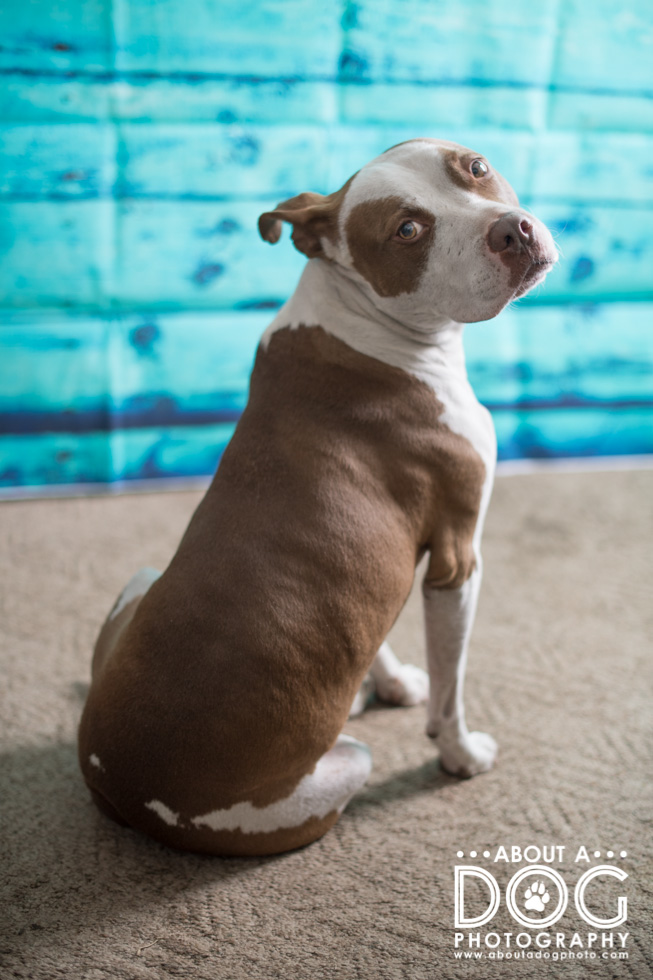
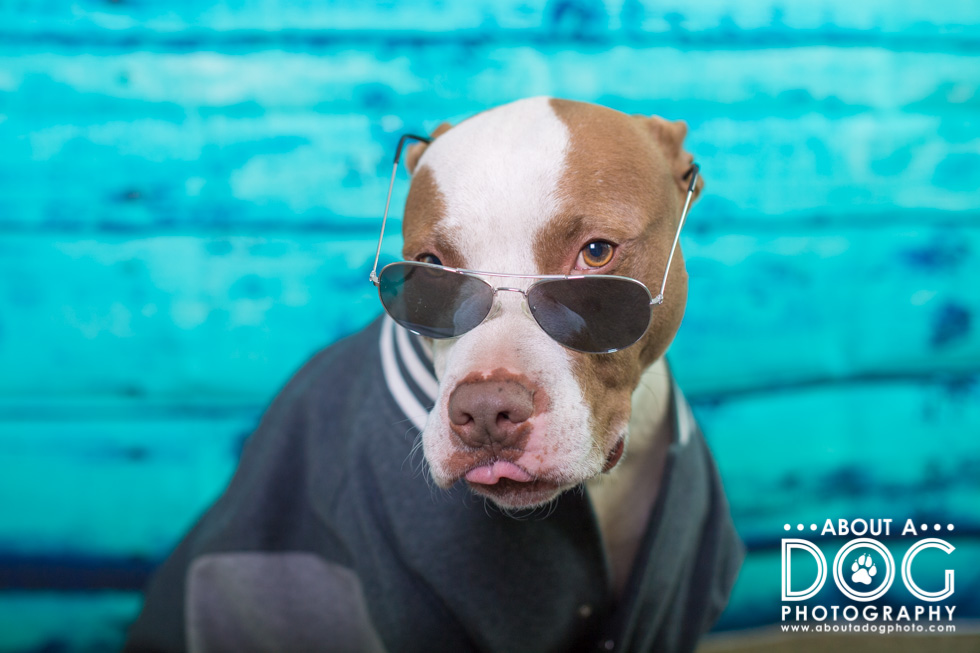
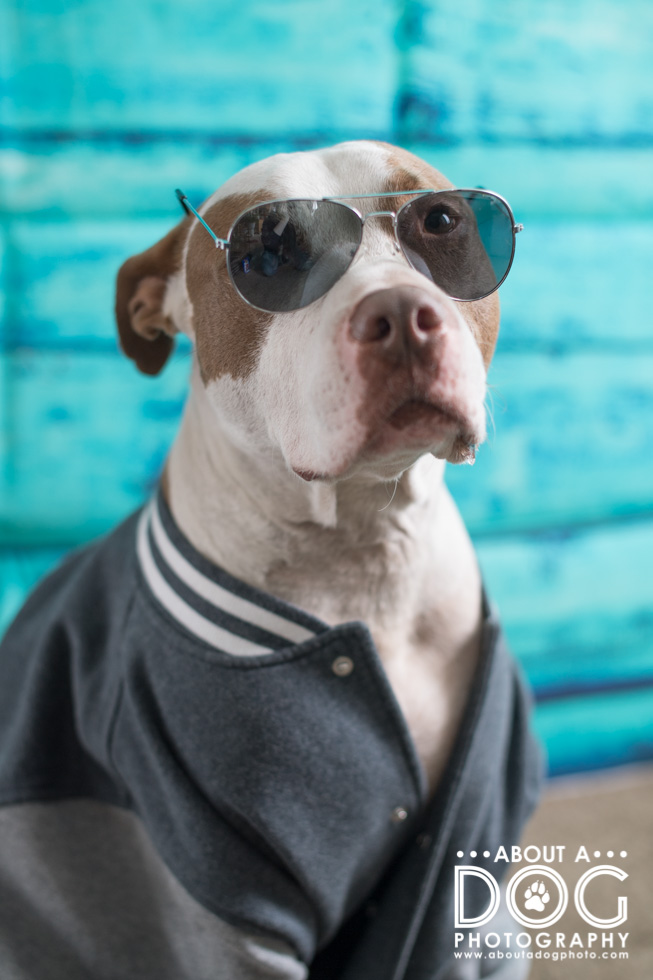
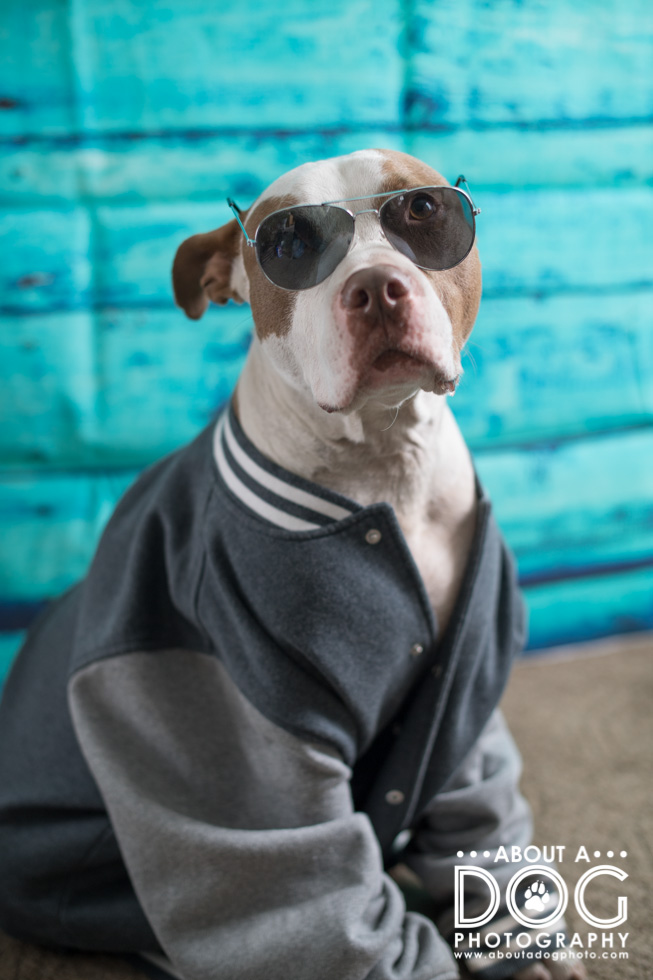
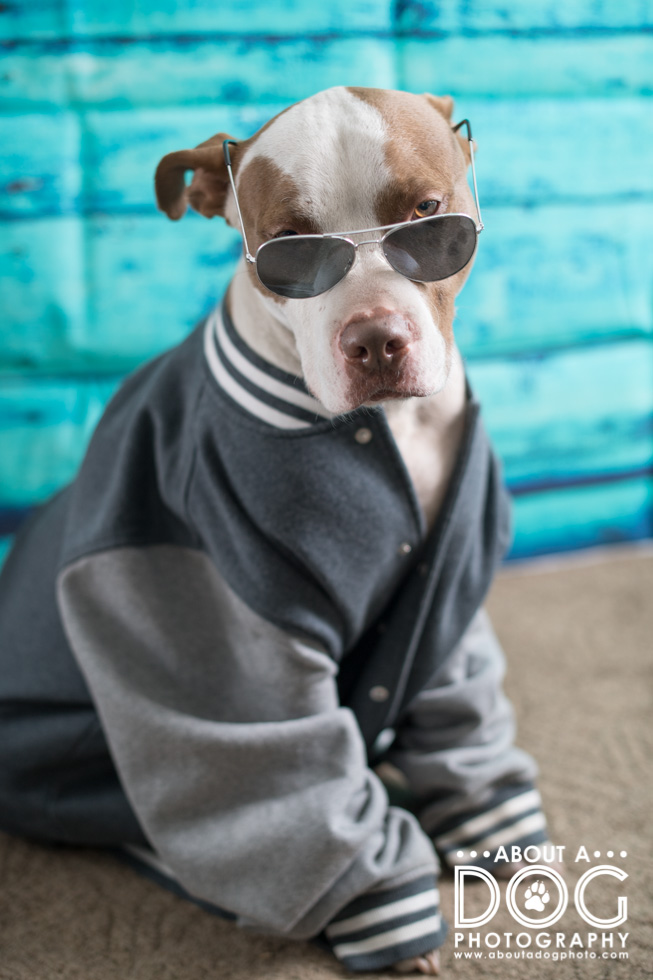
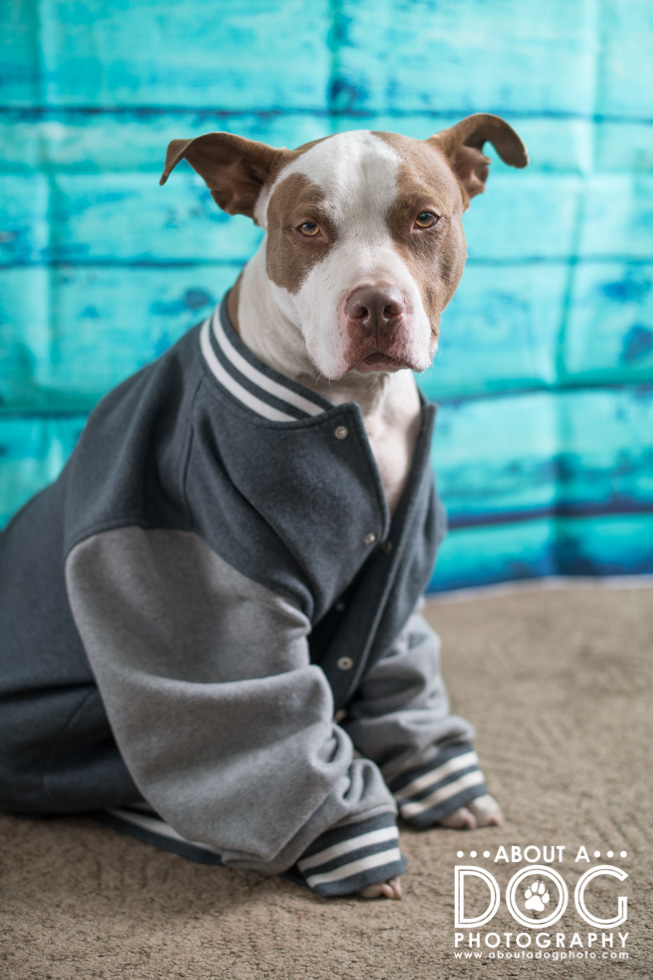
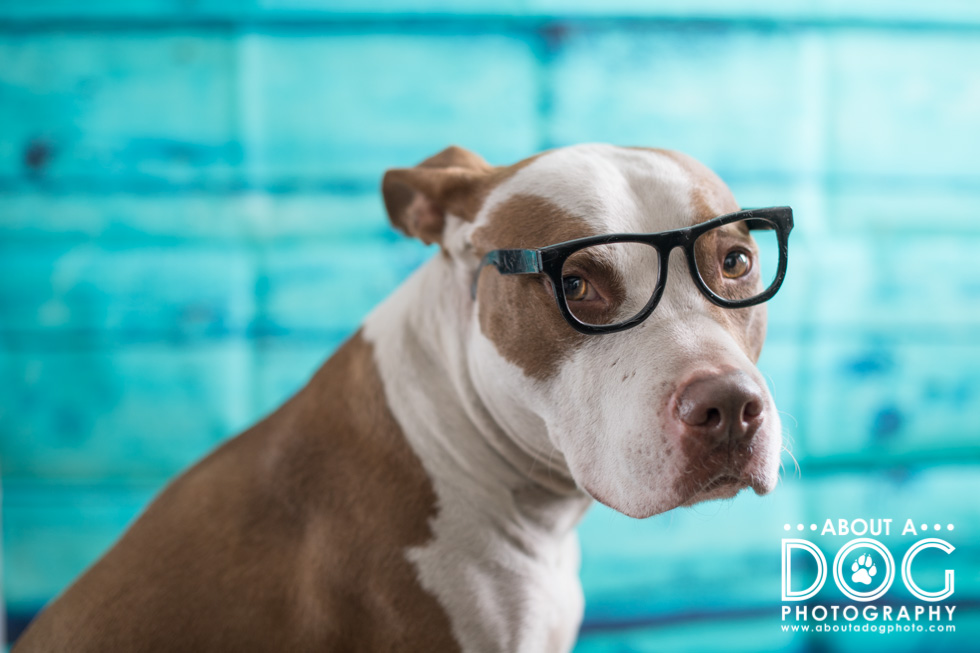
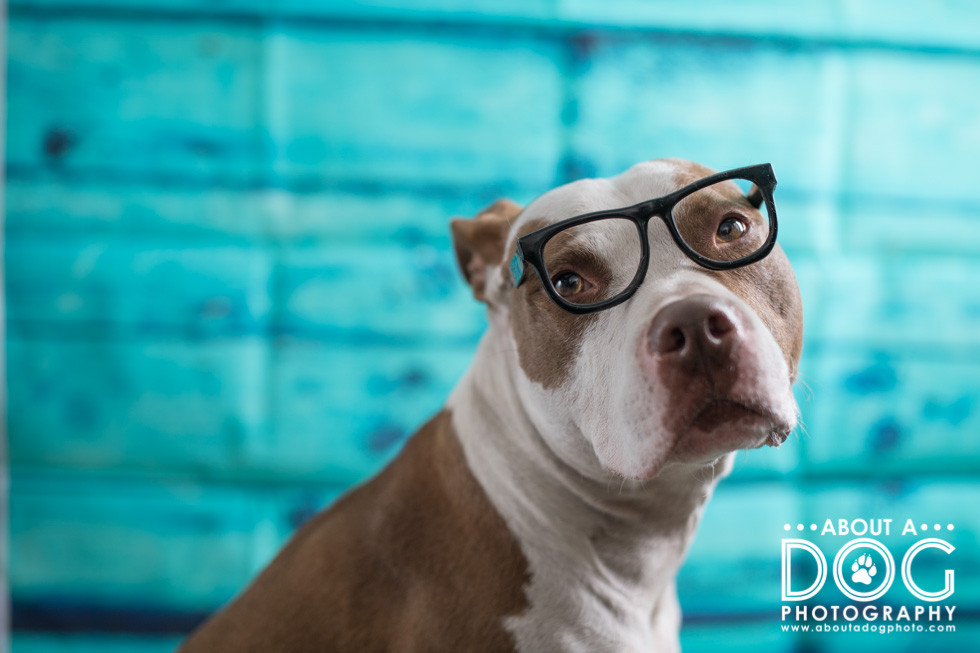
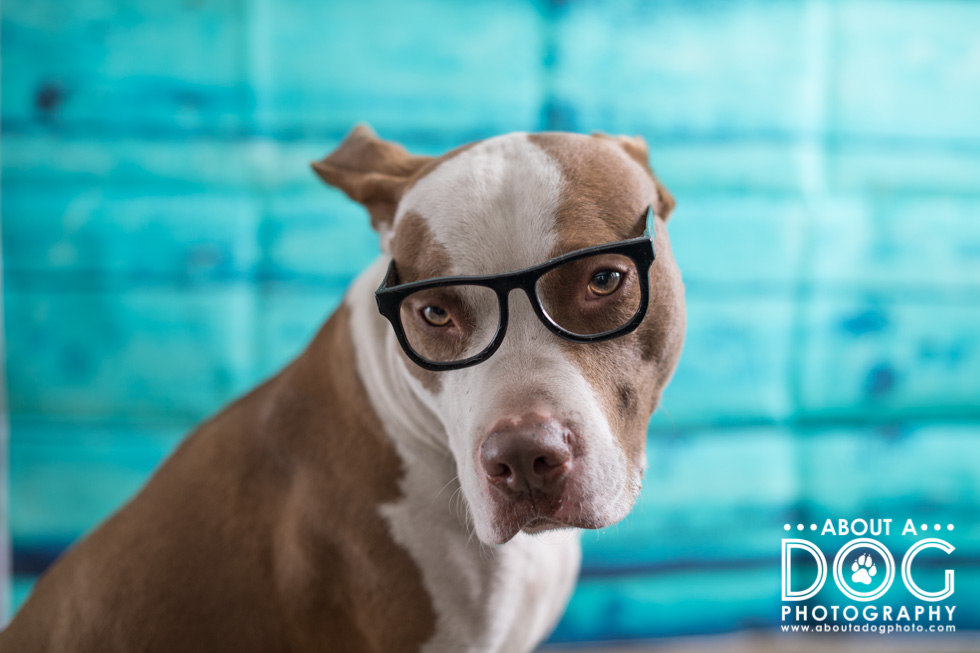
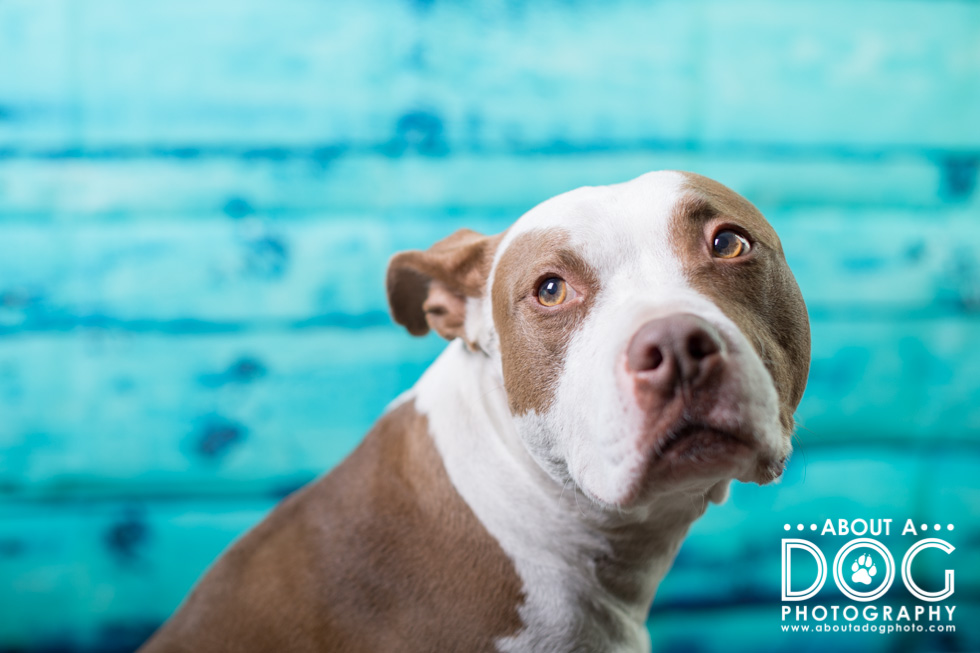
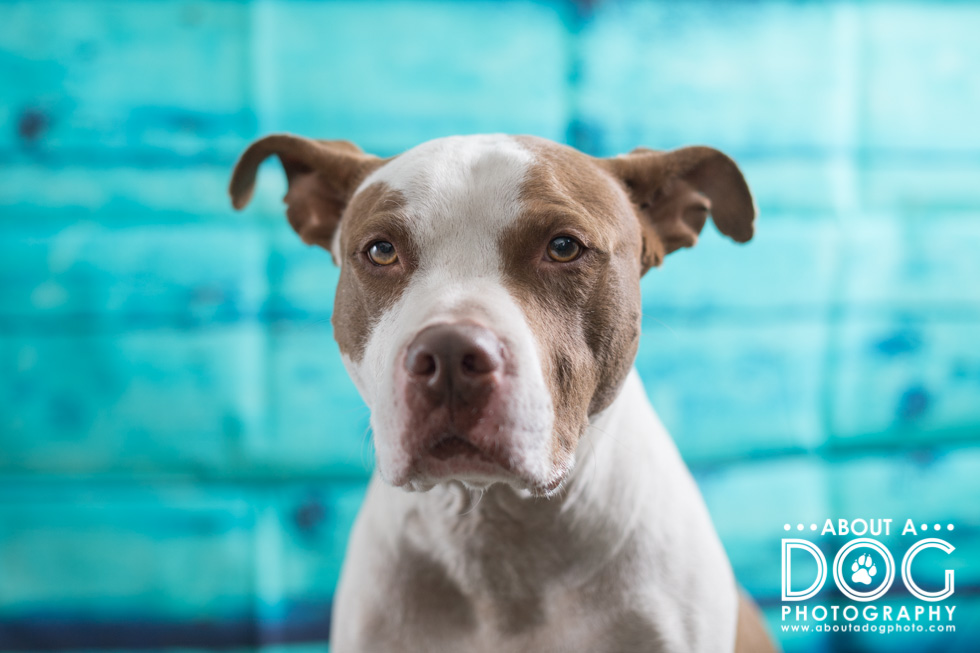
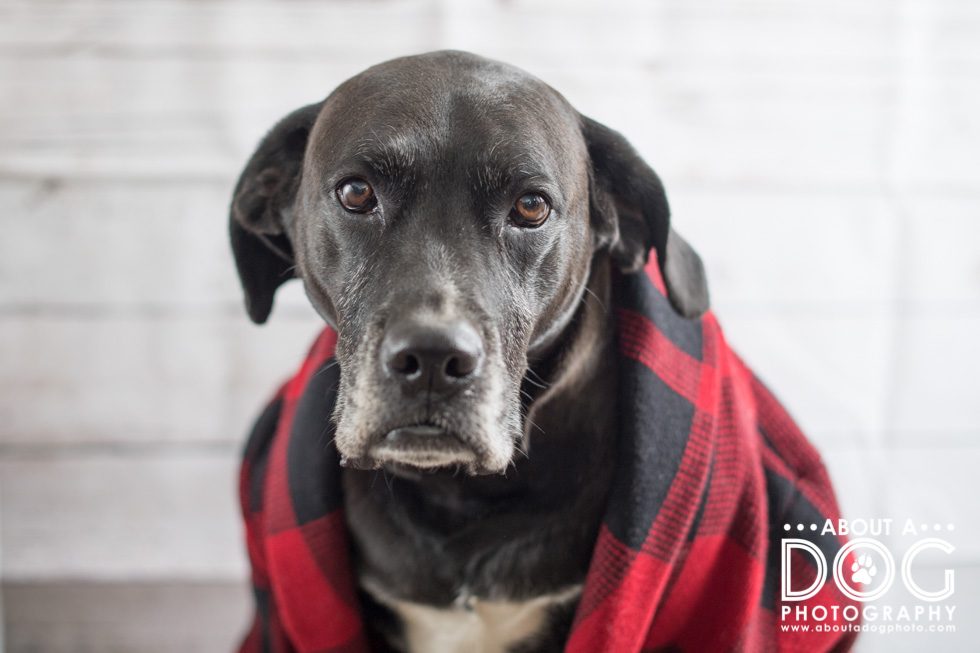
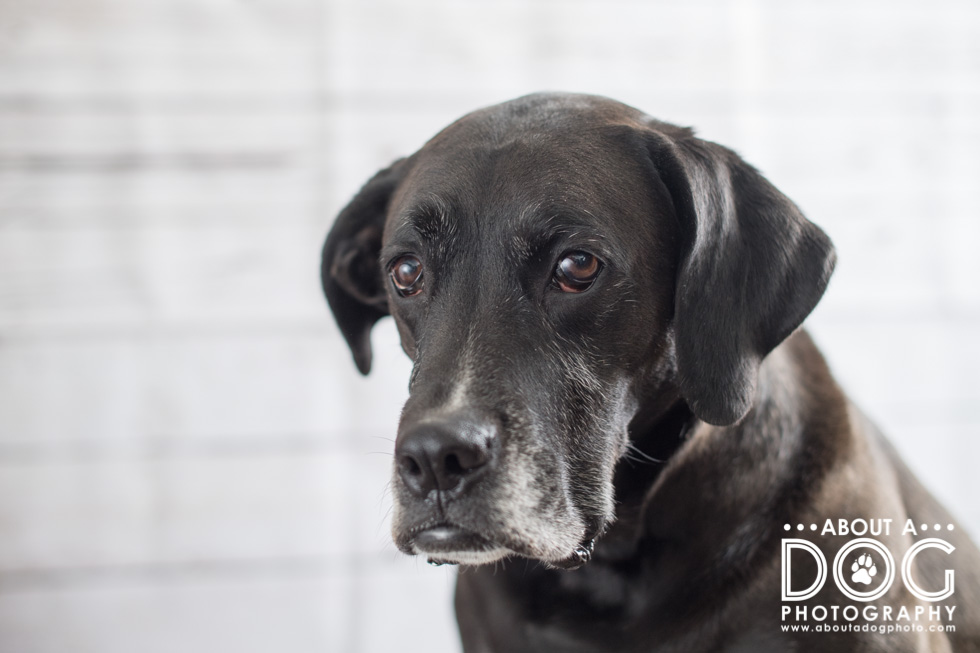 I spend a lot of time thinking about
I spend a lot of time thinking about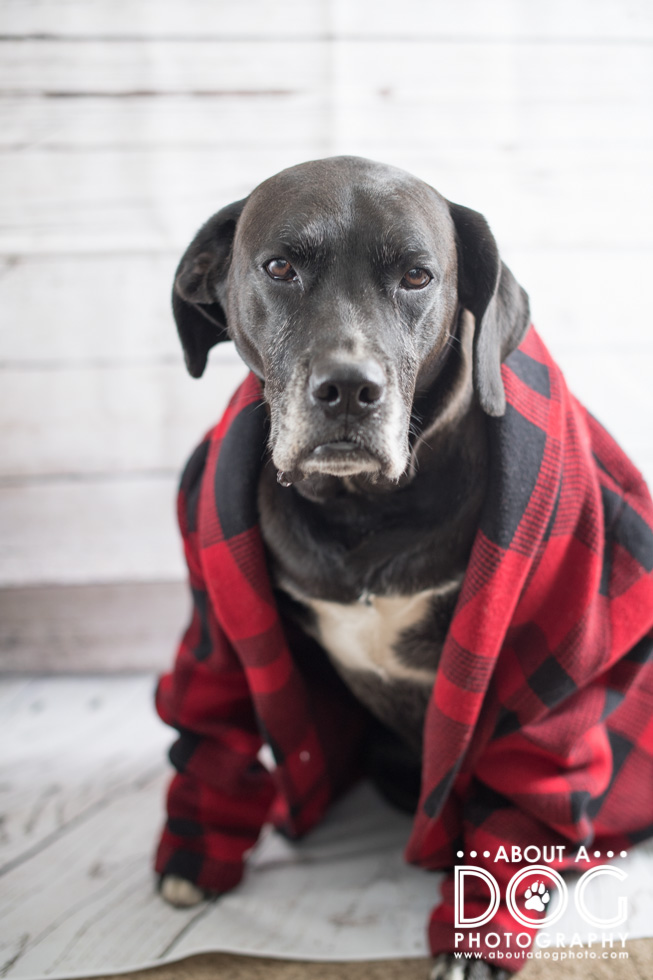
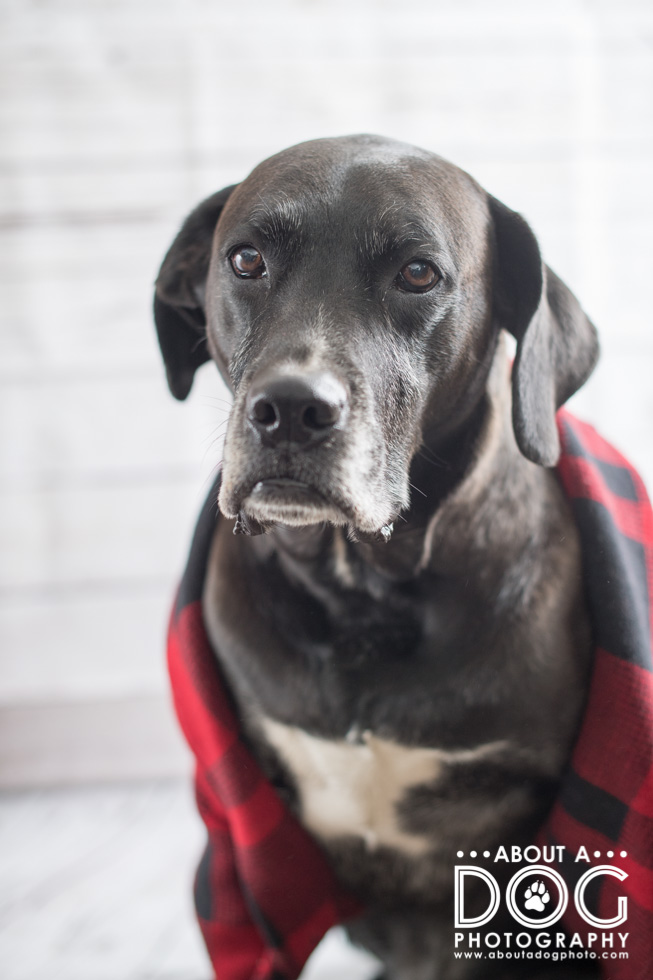
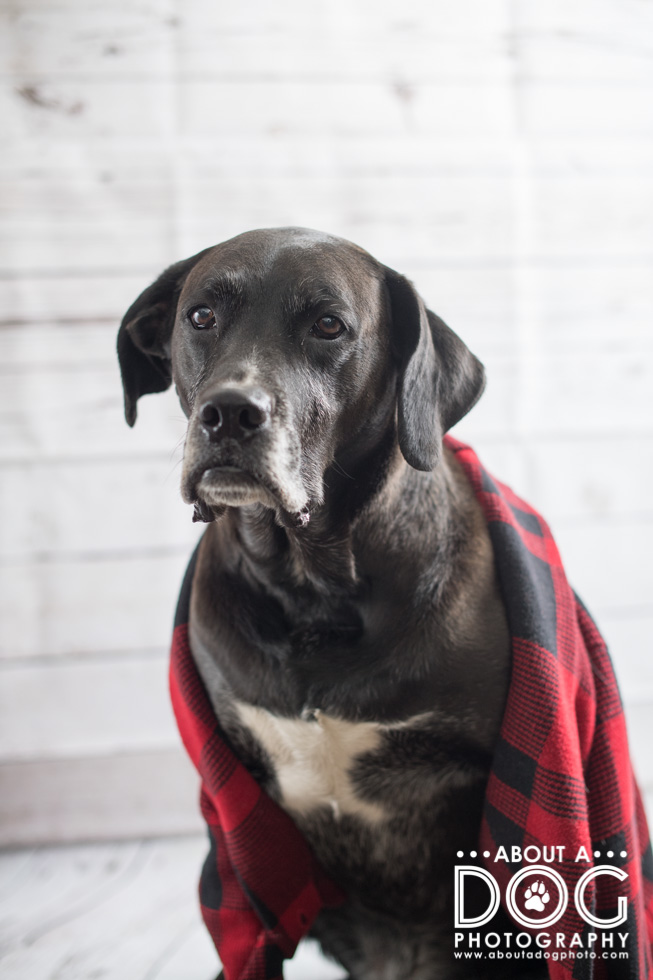
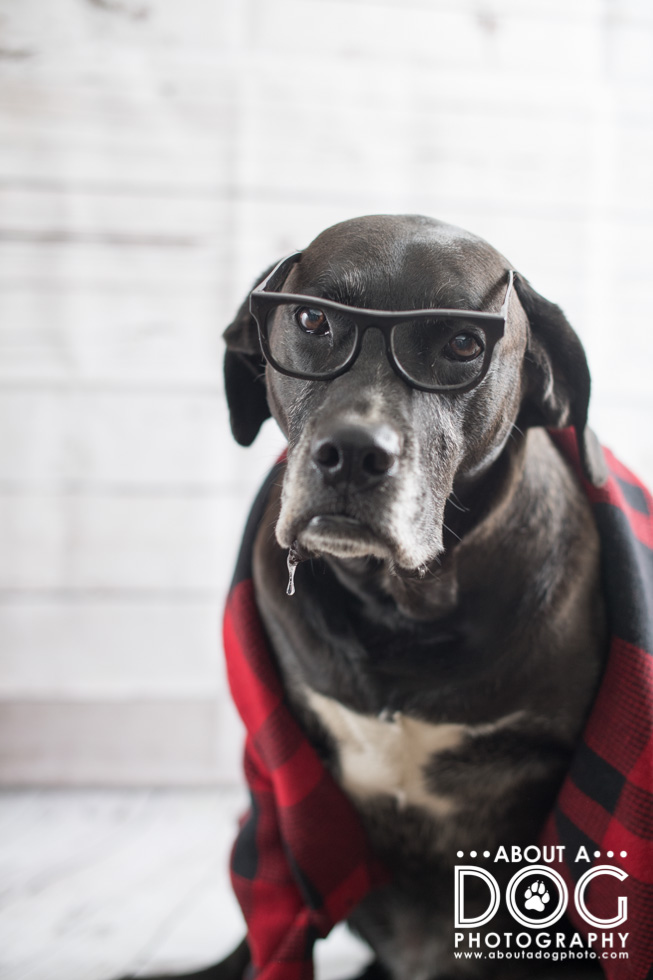
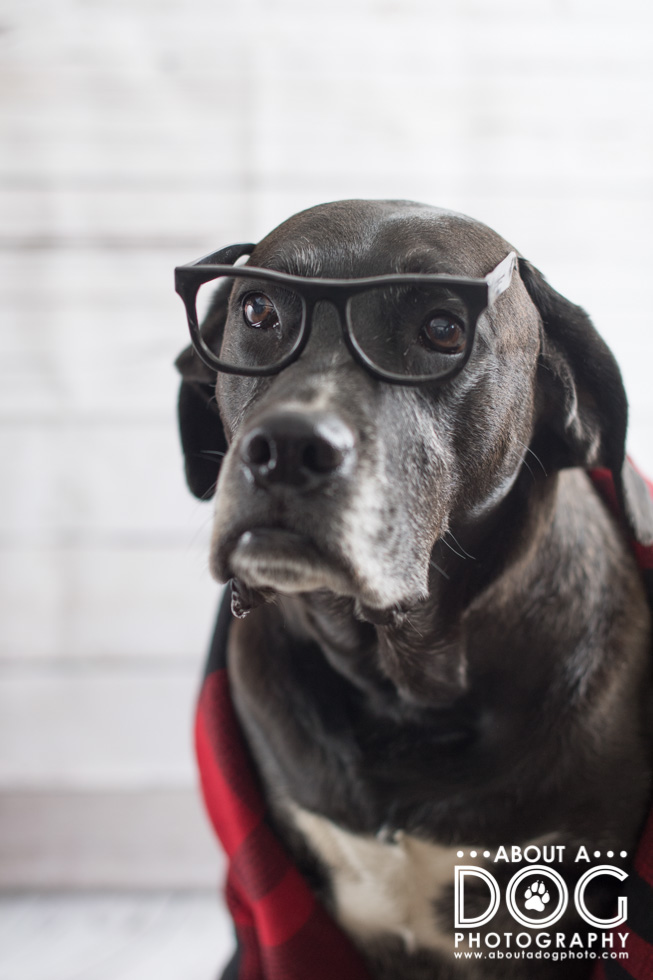 My self-summary
My self-summary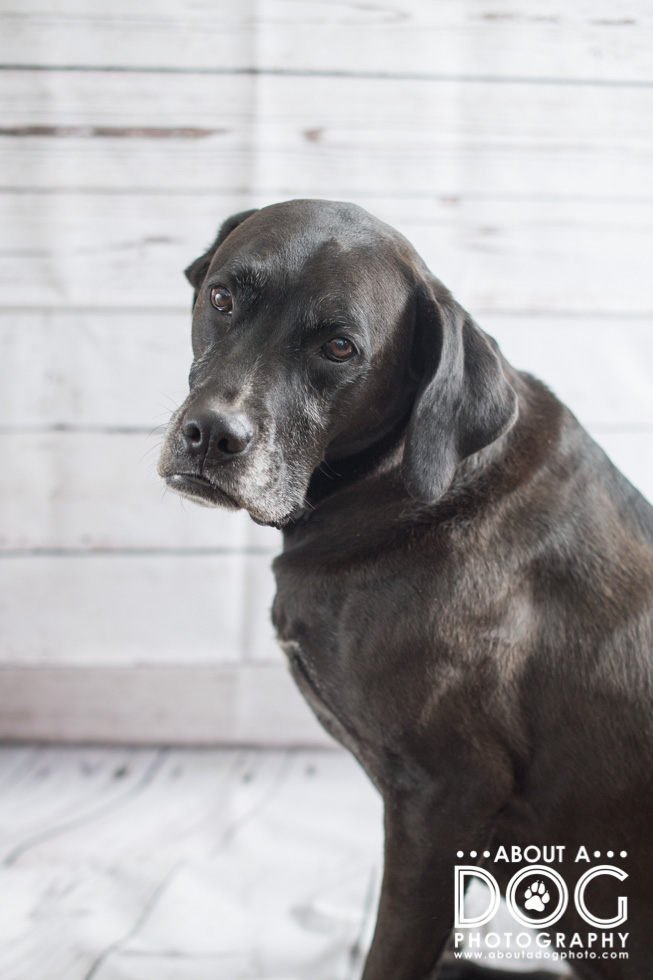
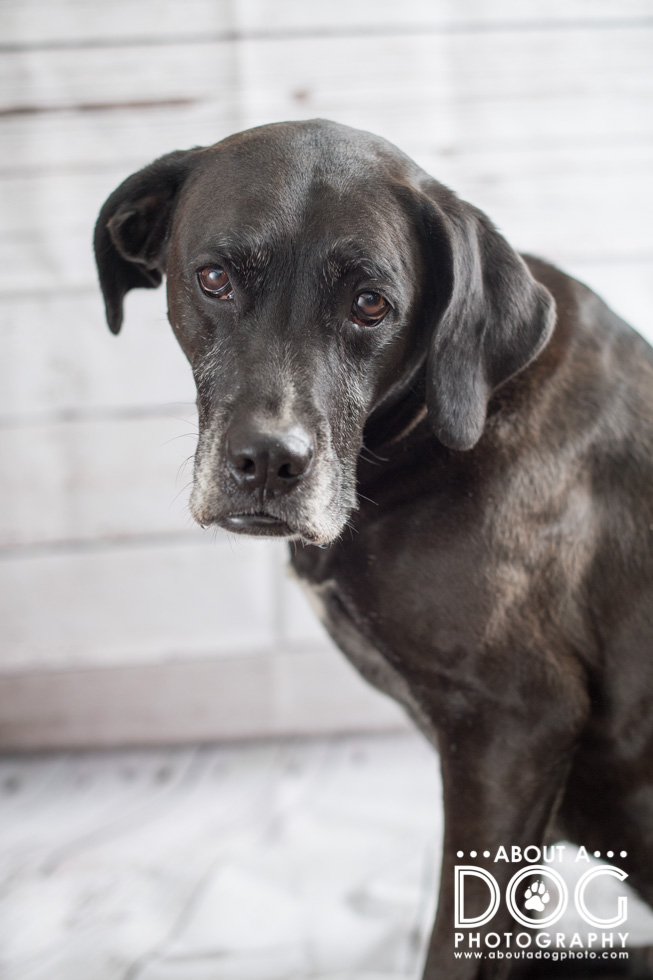
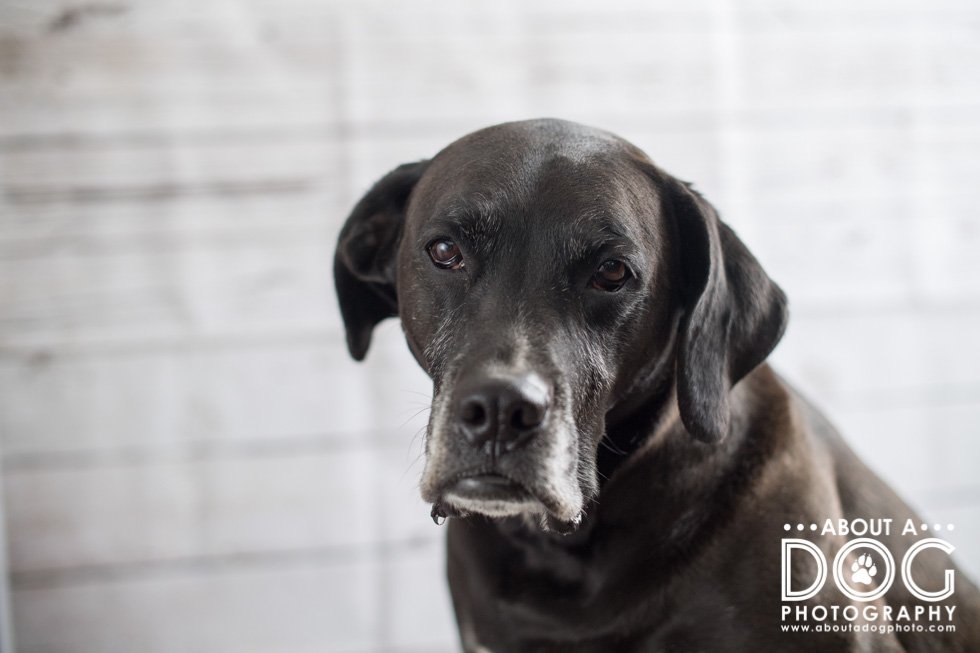
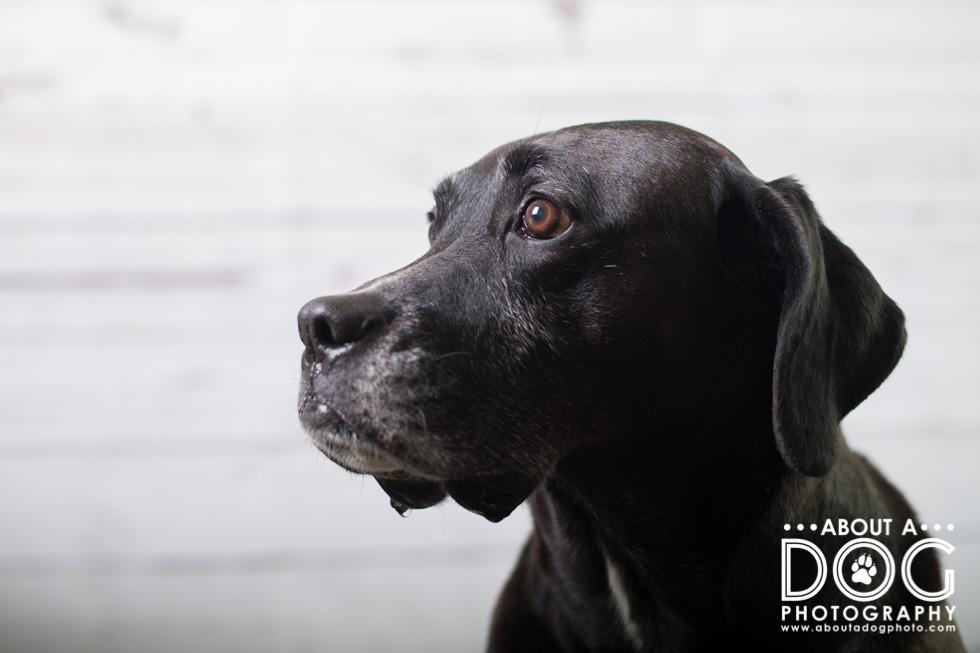
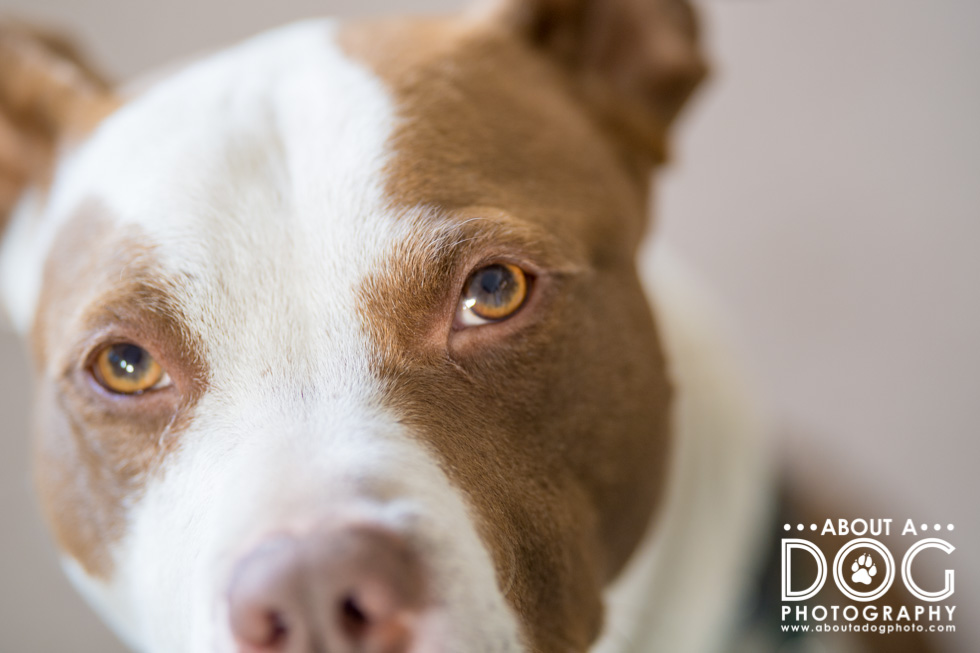
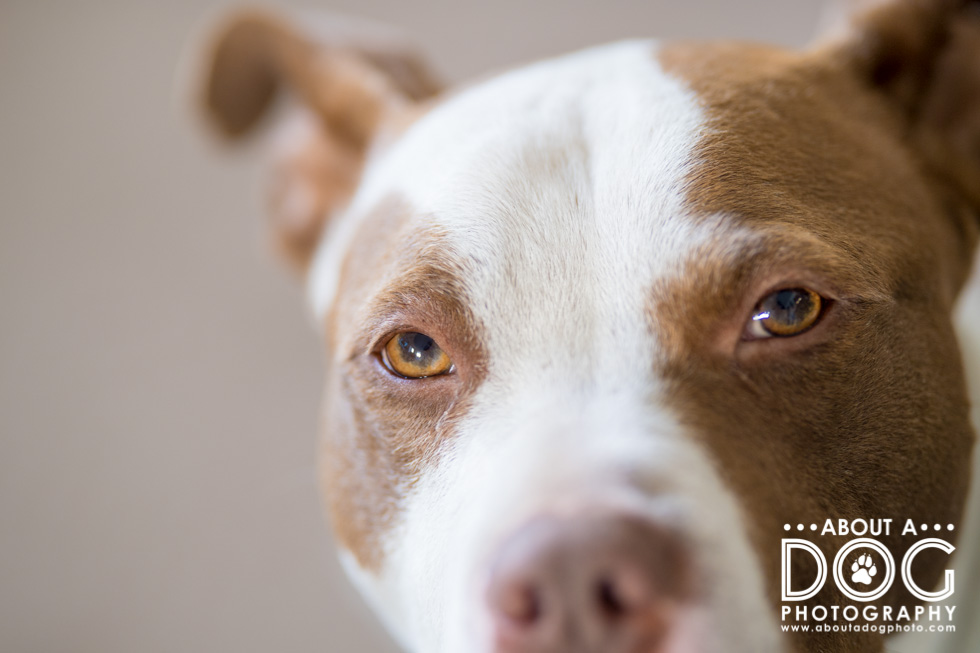
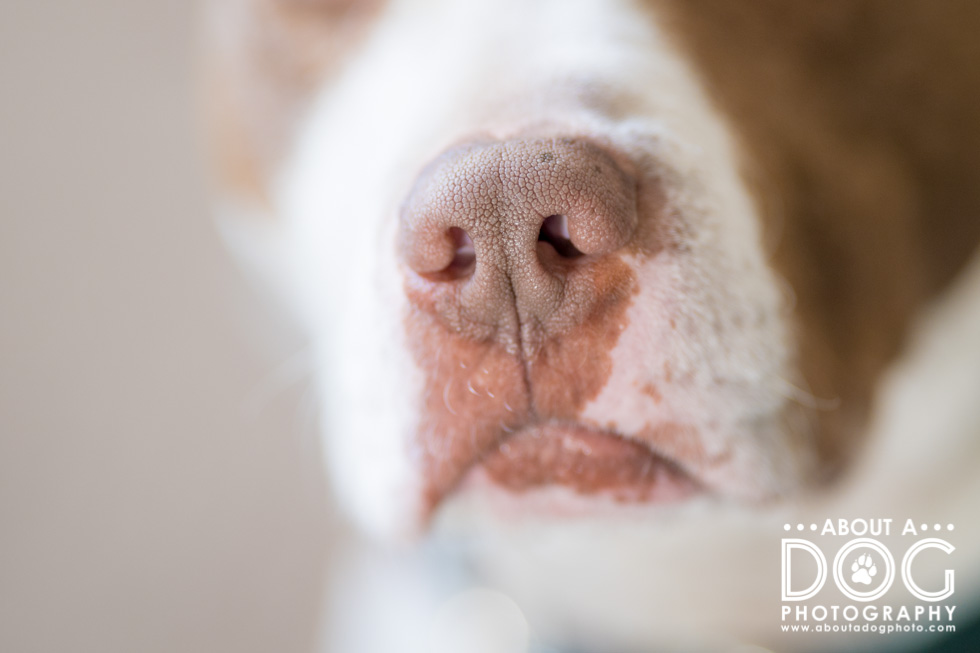
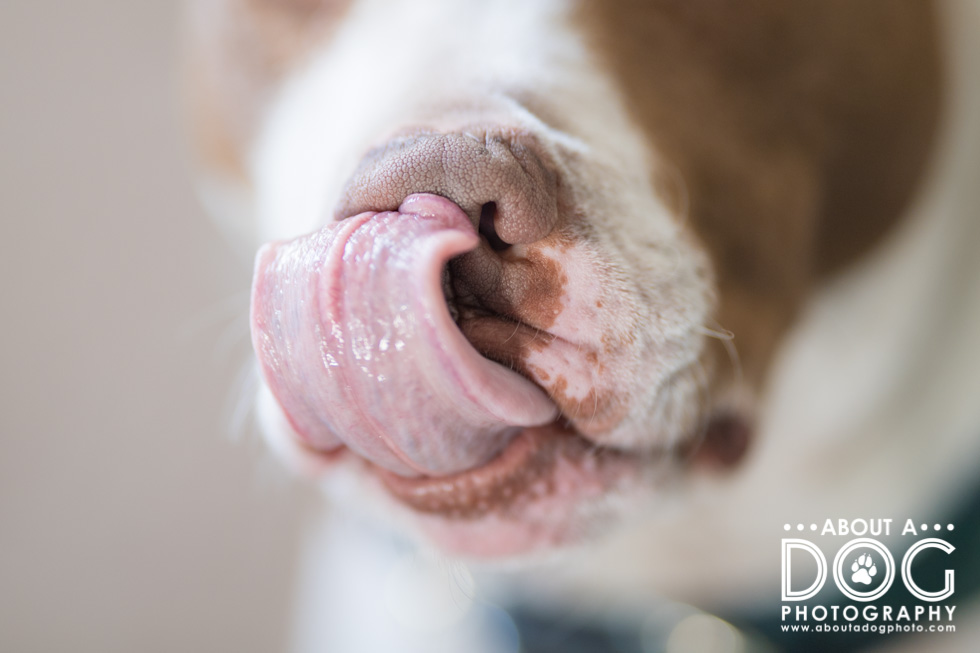
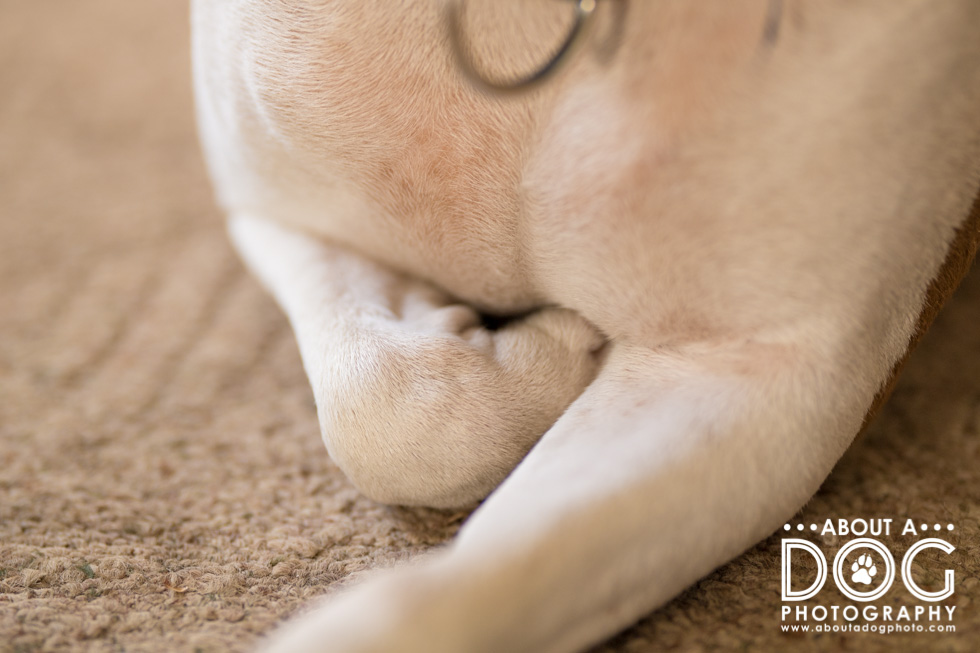
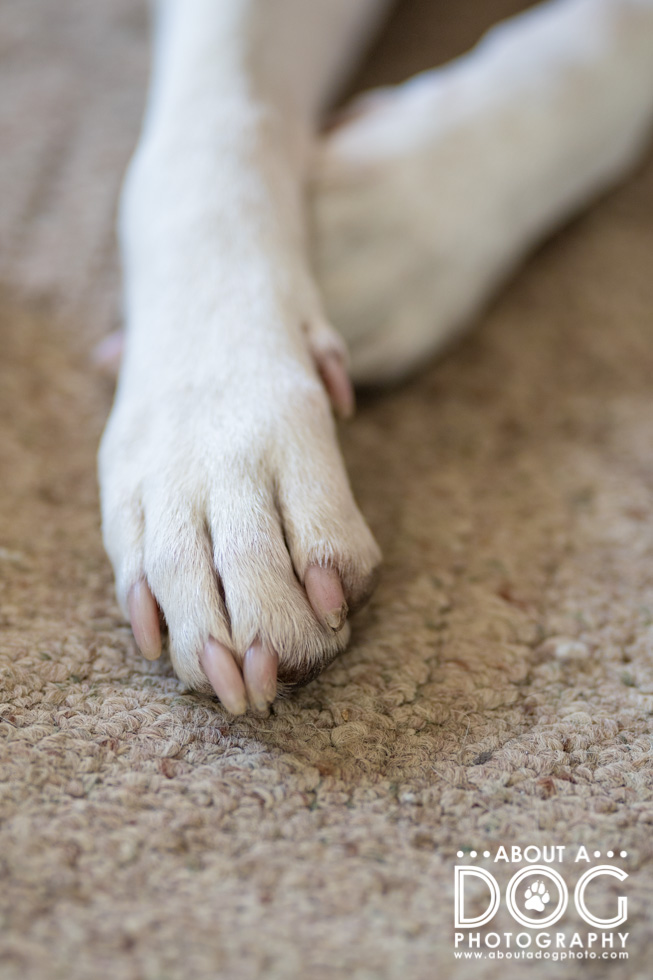
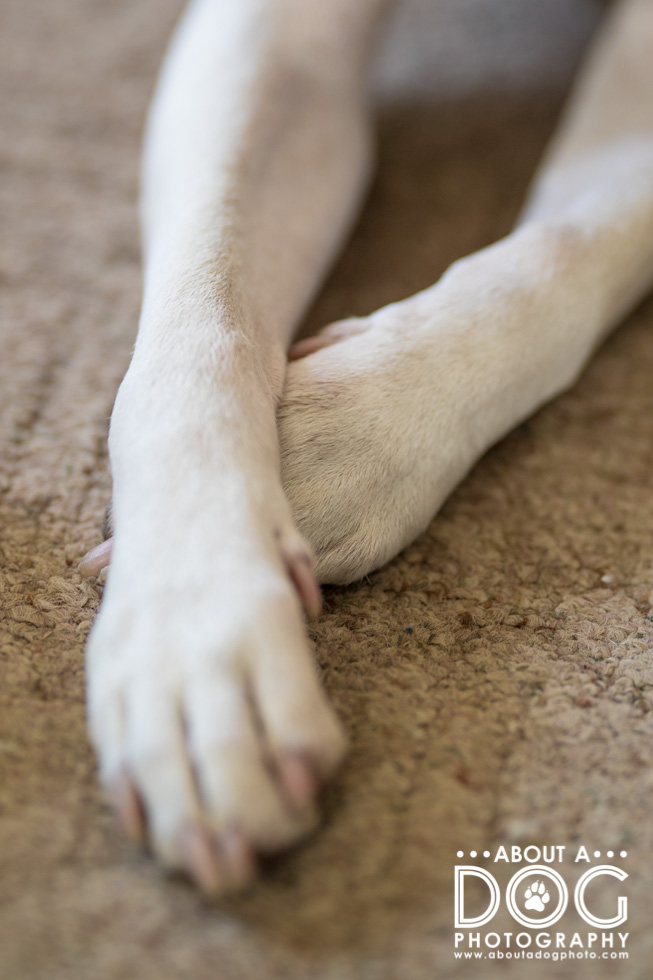
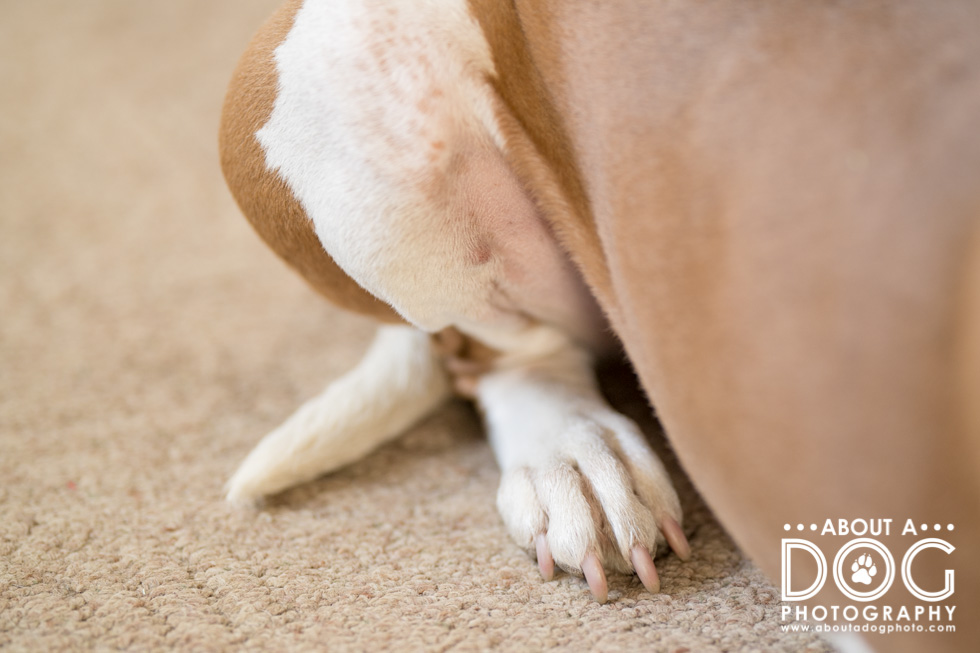
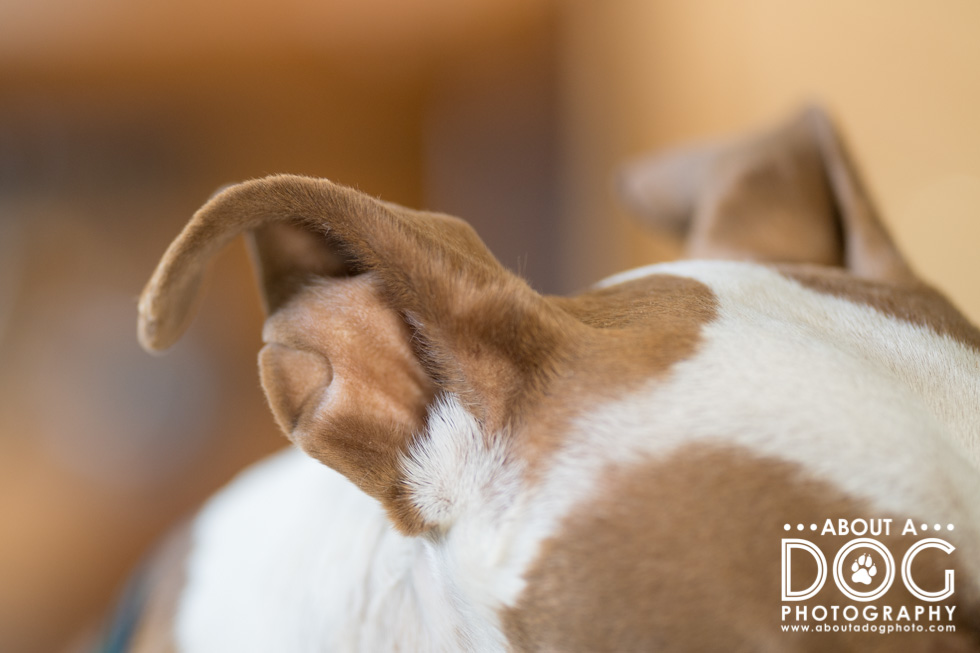
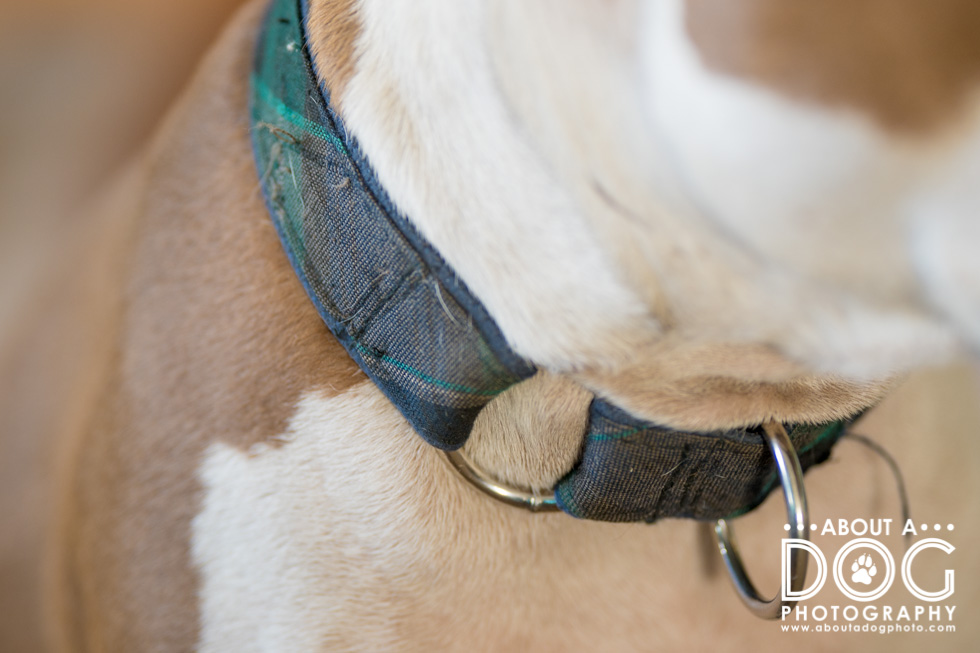
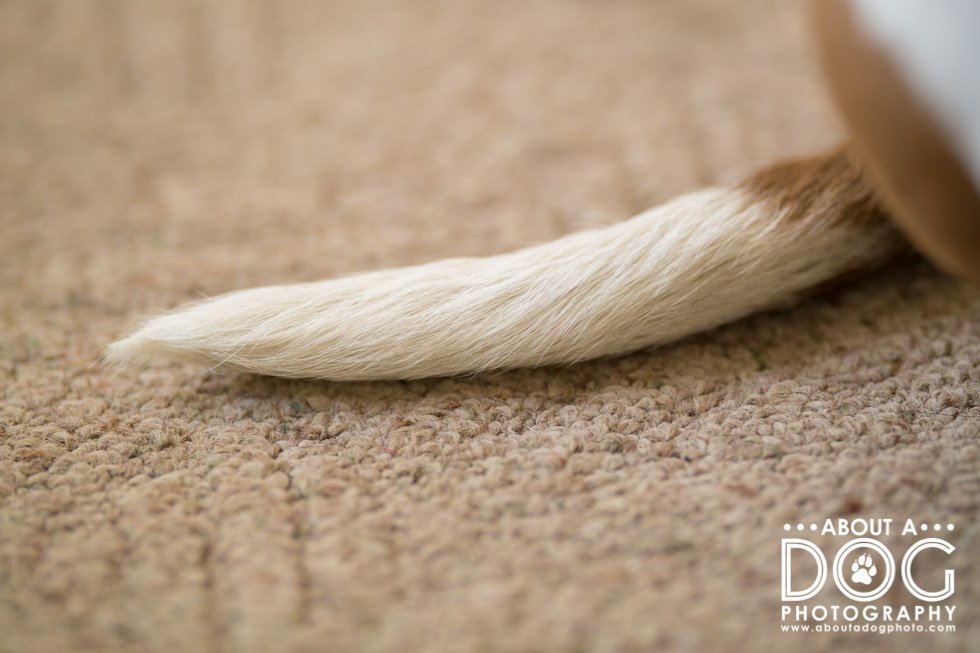
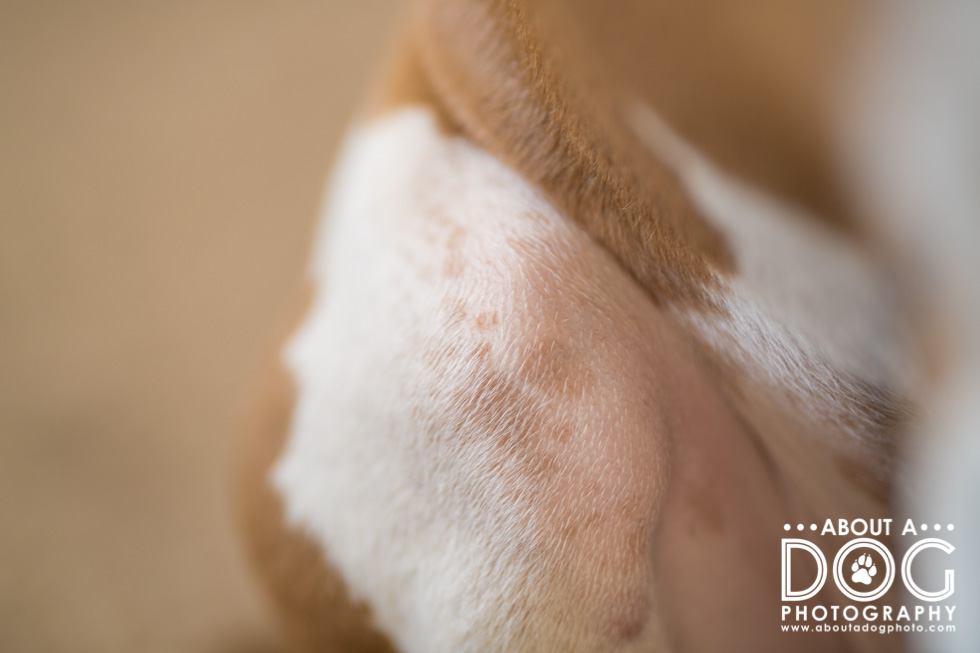
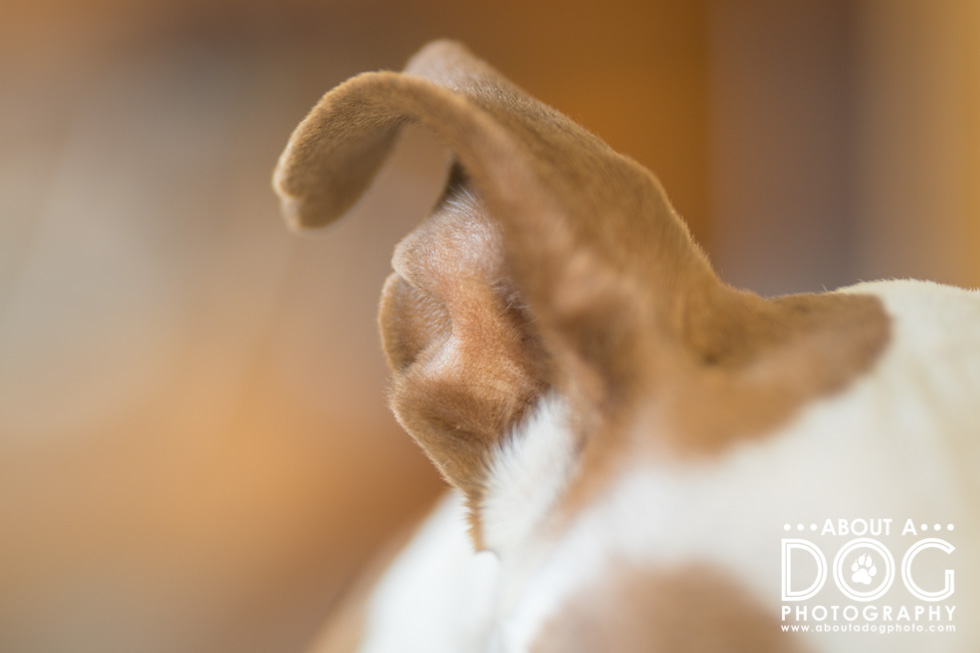
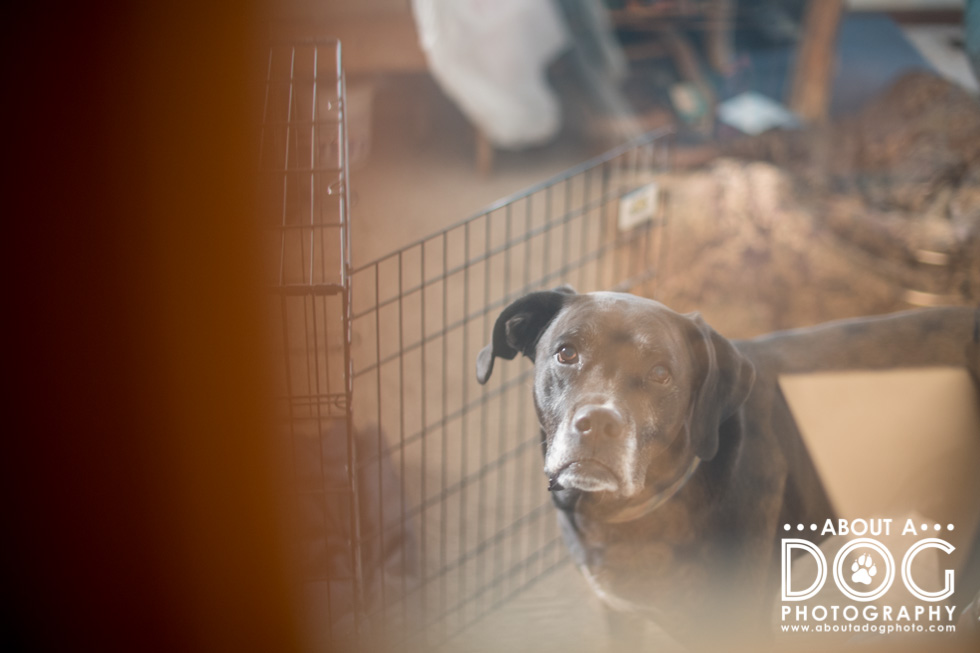
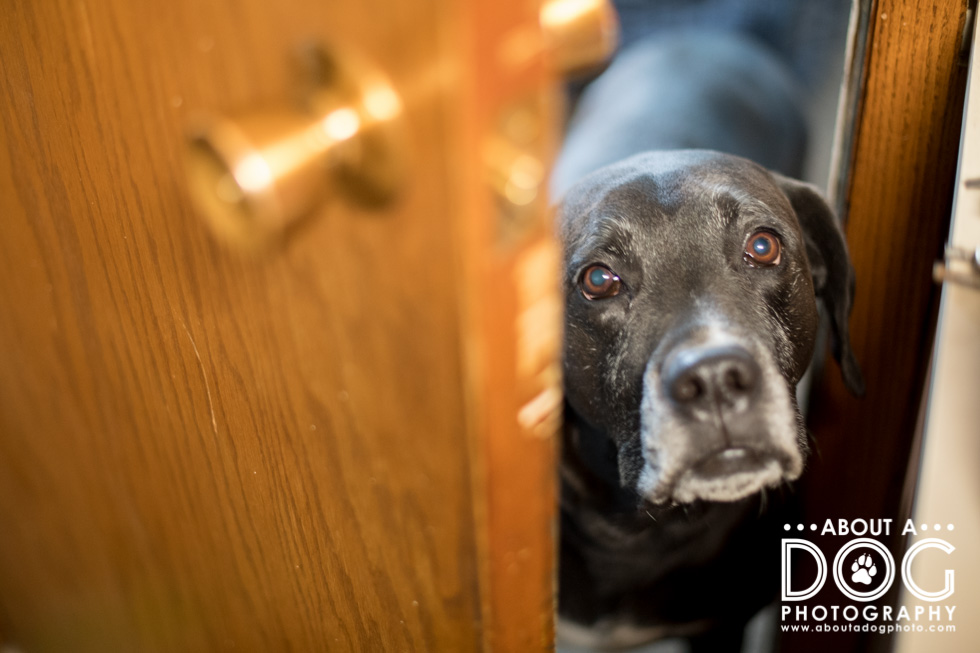
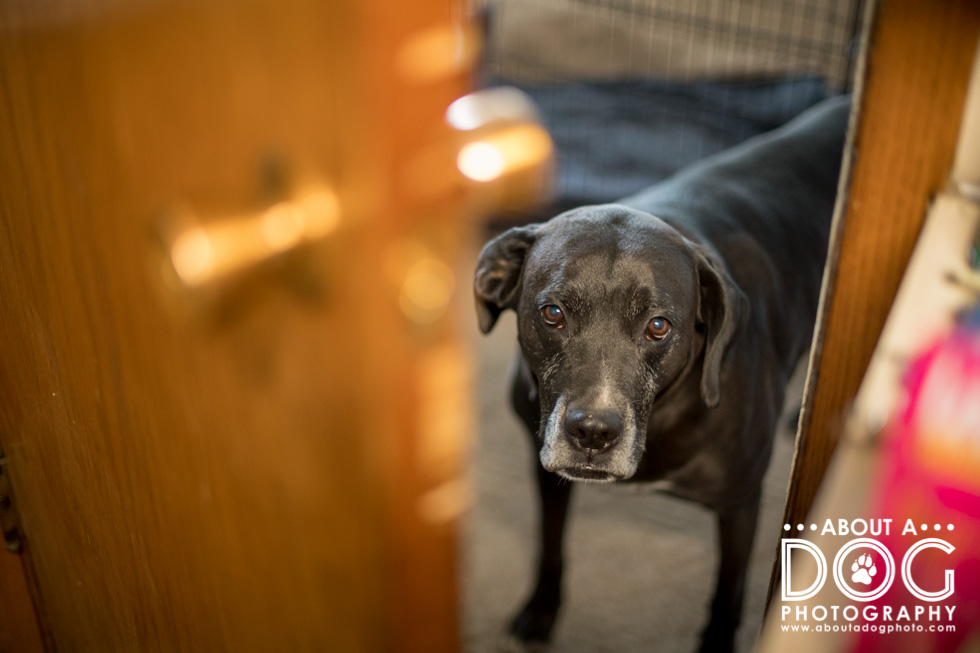
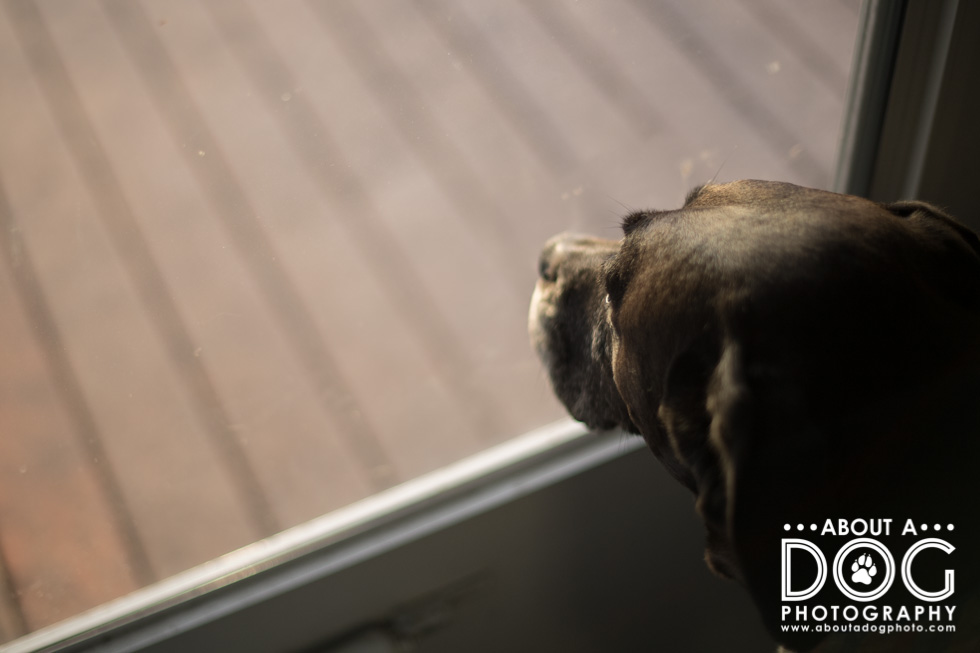
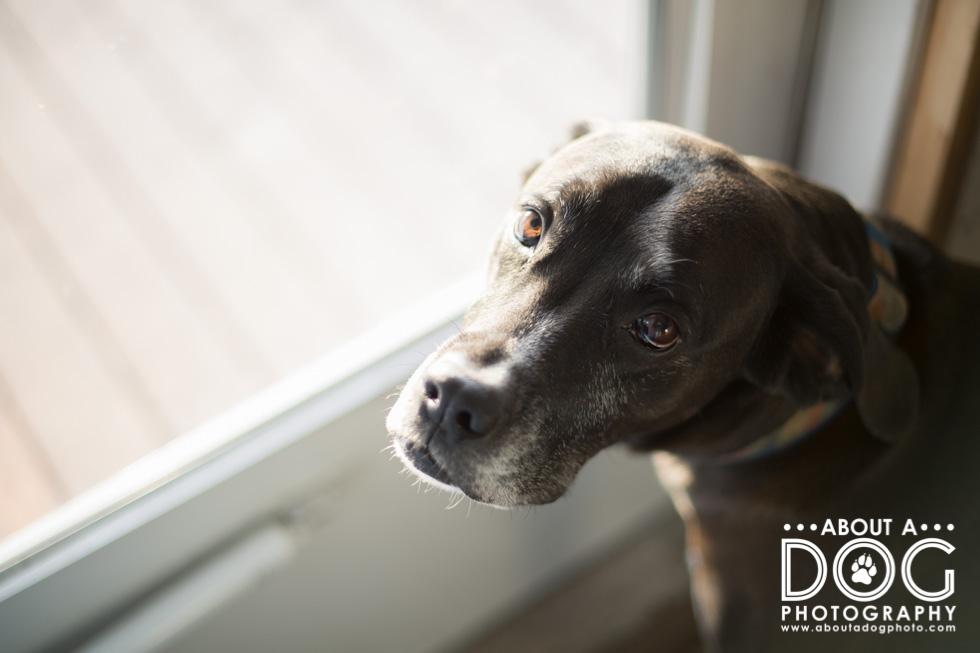
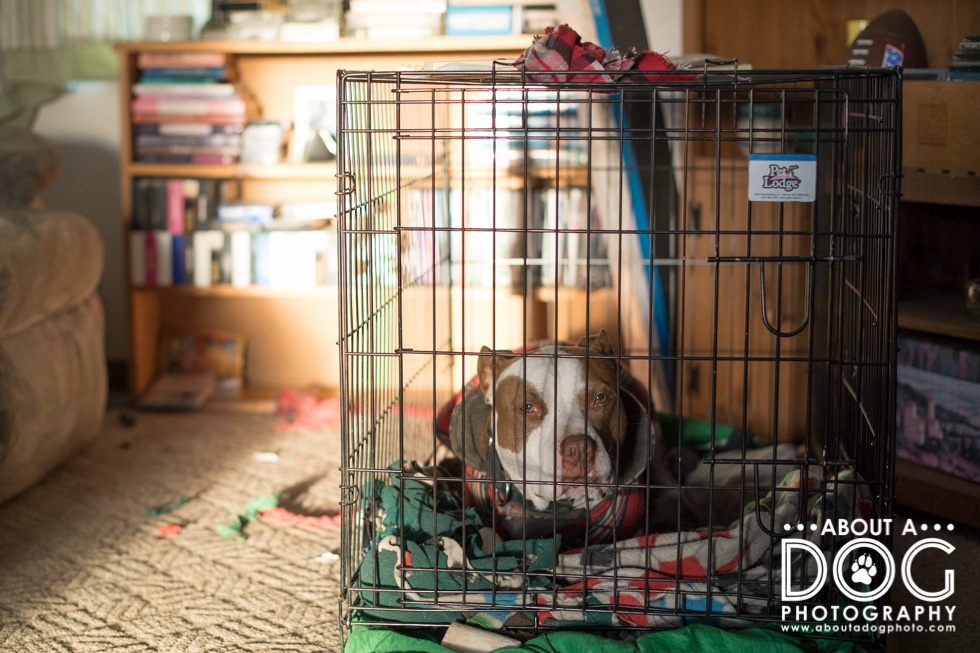
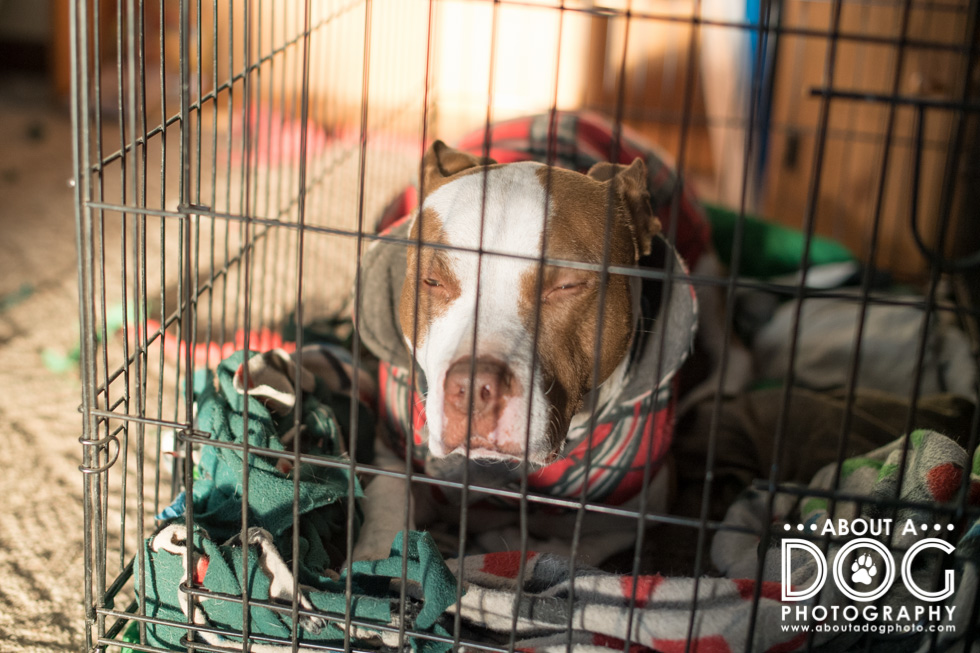
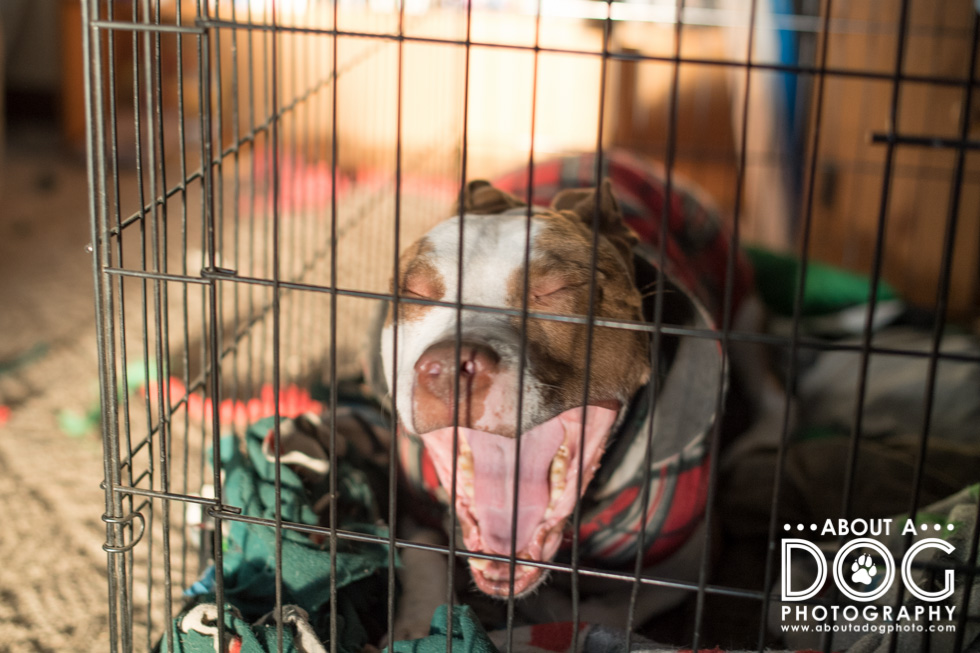 Still a little sleepy Bender?
Still a little sleepy Bender?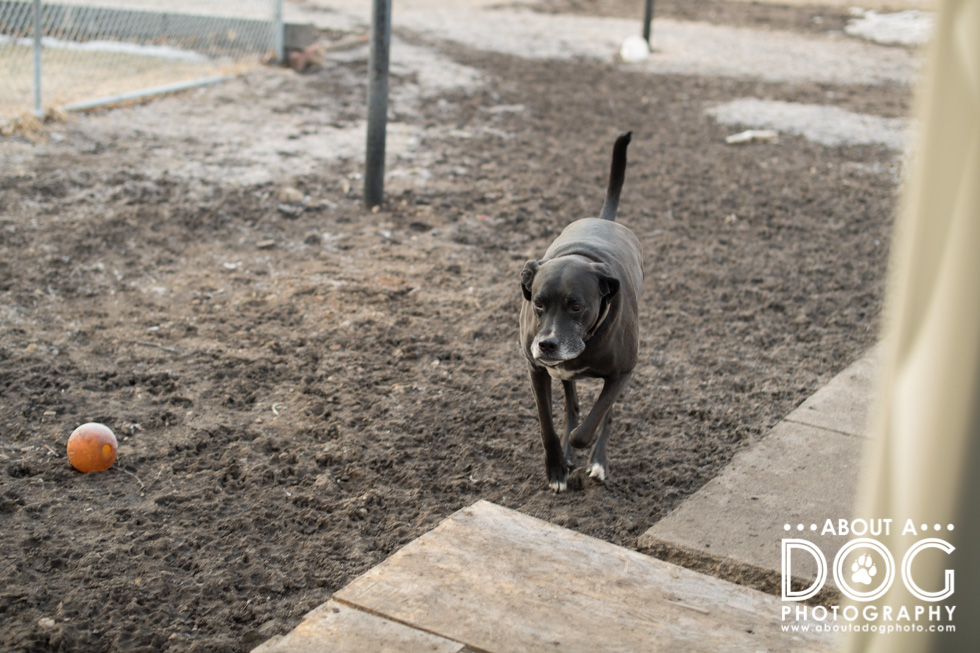
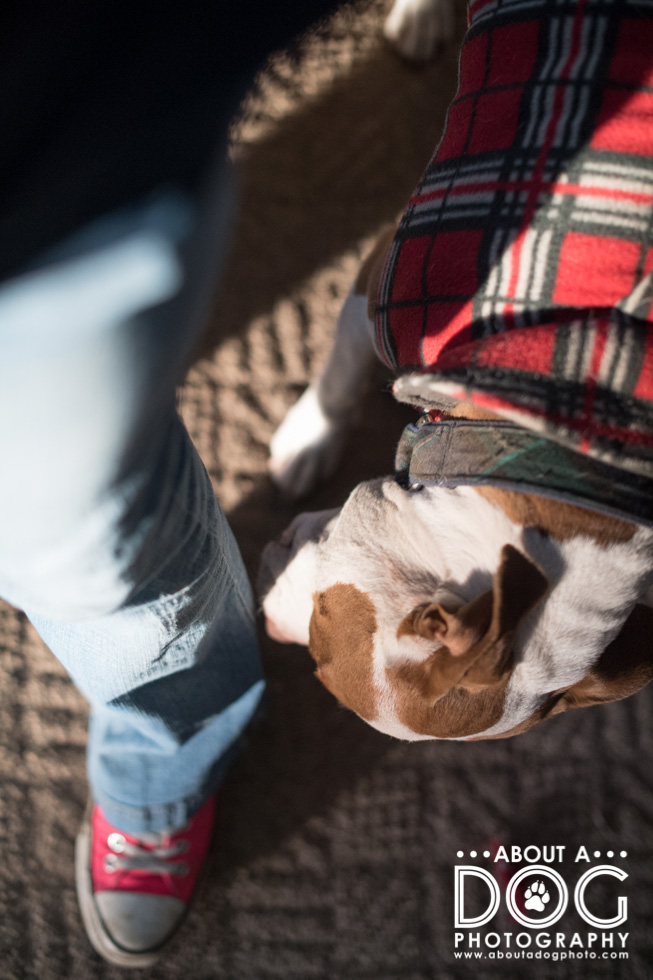
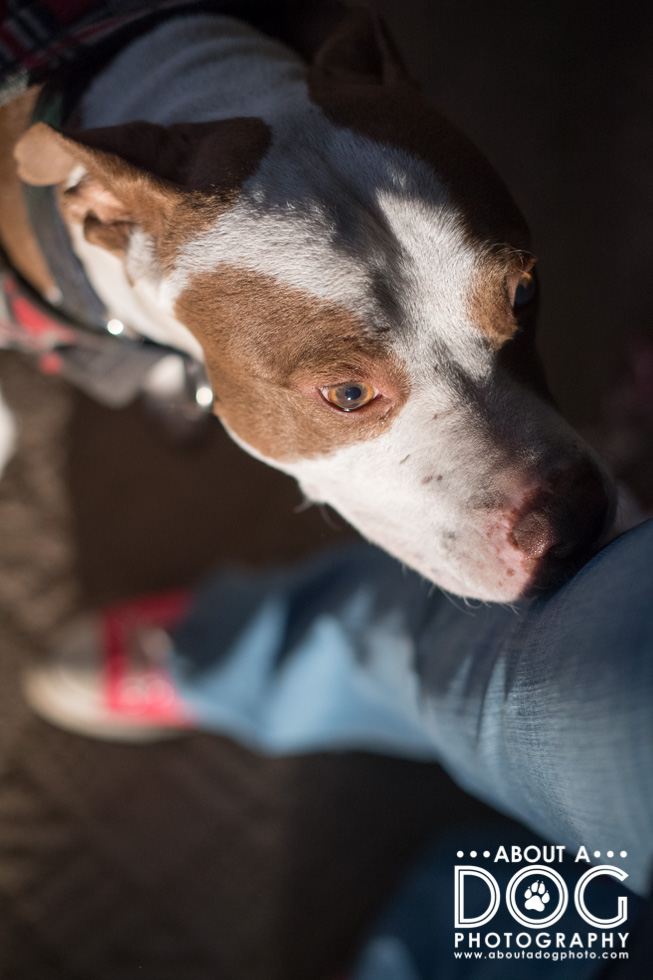 The master of escape, Bender always needs to be hooked up on a lead and have an adult with him during potty breaks and outside adventures. The harness is a faded blue
The master of escape, Bender always needs to be hooked up on a lead and have an adult with him during potty breaks and outside adventures. The harness is a faded blue 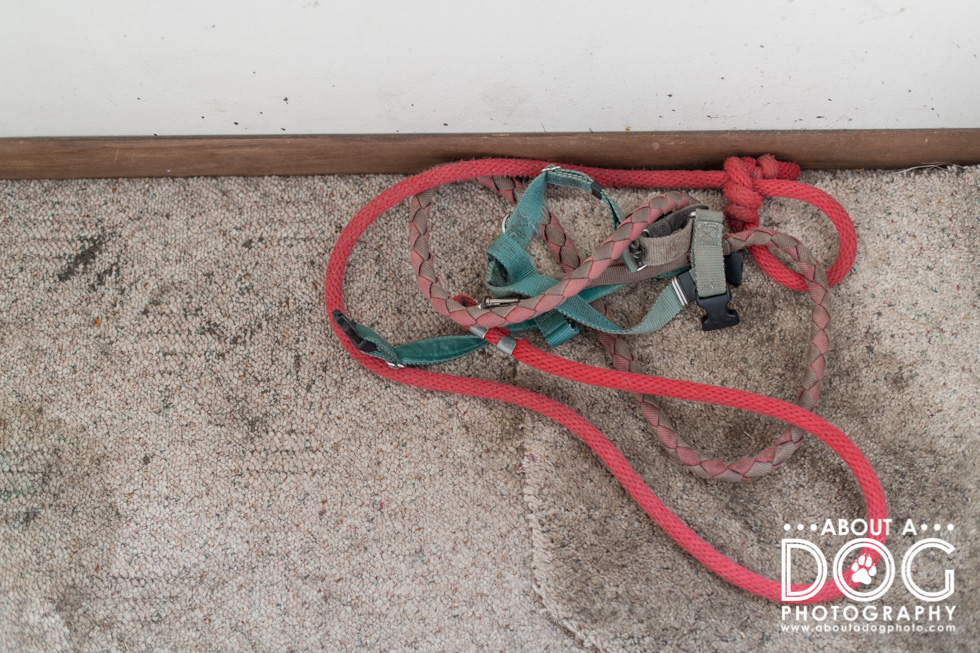 We commence the morning potty break as well as a survey of the goings on around us (kids are being dropped off at the elementary school, the big building in the background). If he dawdles, I bring him in (still cold outside in the morning here in Minnesota) and we take a poop break later.
We commence the morning potty break as well as a survey of the goings on around us (kids are being dropped off at the elementary school, the big building in the background). If he dawdles, I bring him in (still cold outside in the morning here in Minnesota) and we take a poop break later. 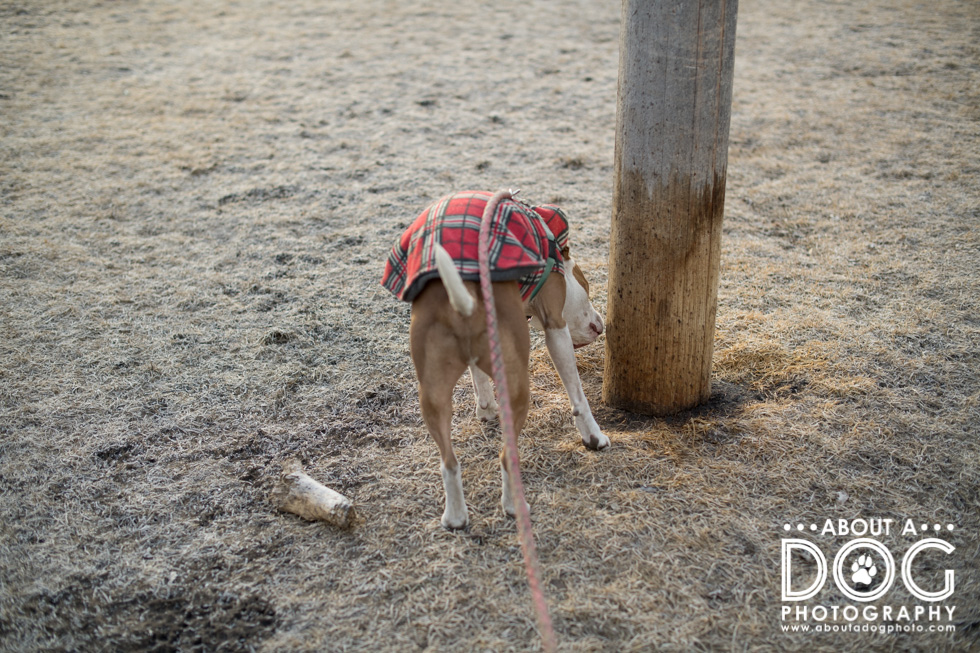
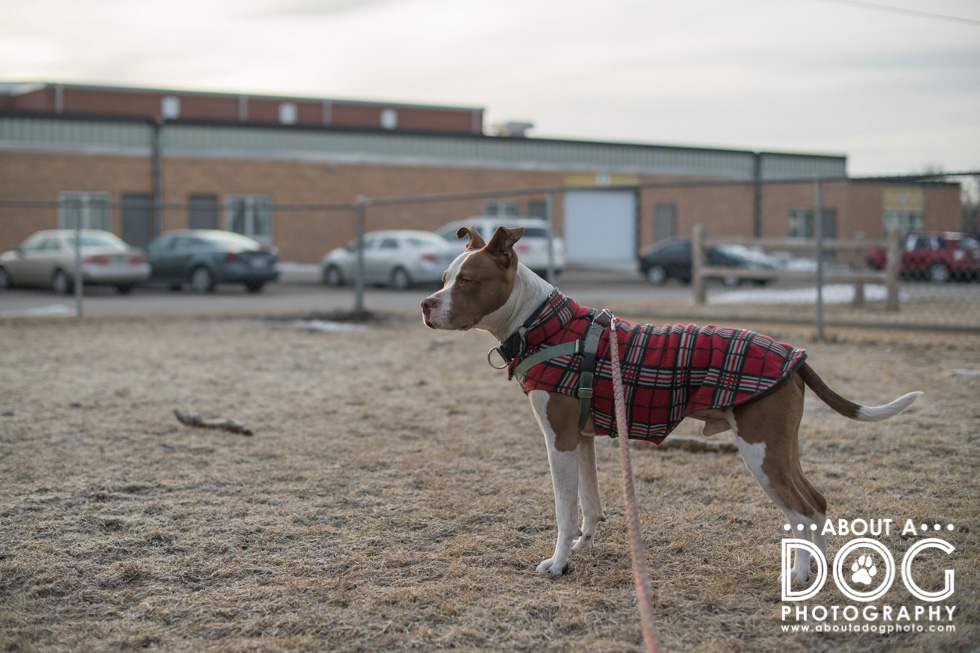 Now its time for breakfast! 3 cups for Axle in the blue “slow down” bowl (he vacuums his food, because who chews their food?!), the silver bowl gets 2 cups for Bender.
Now its time for breakfast! 3 cups for Axle in the blue “slow down” bowl (he vacuums his food, because who chews their food?!), the silver bowl gets 2 cups for Bender.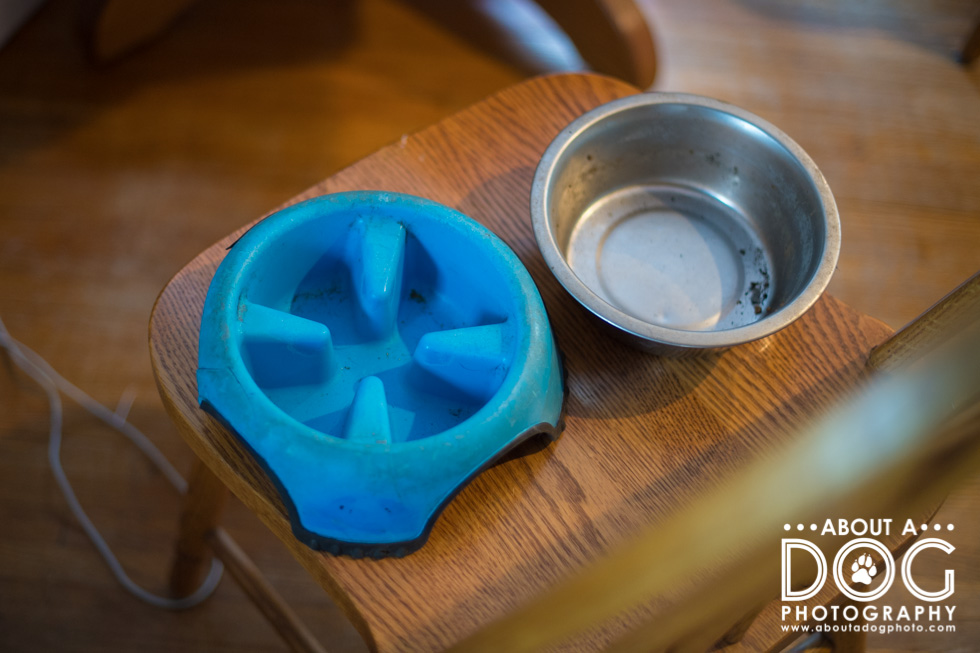
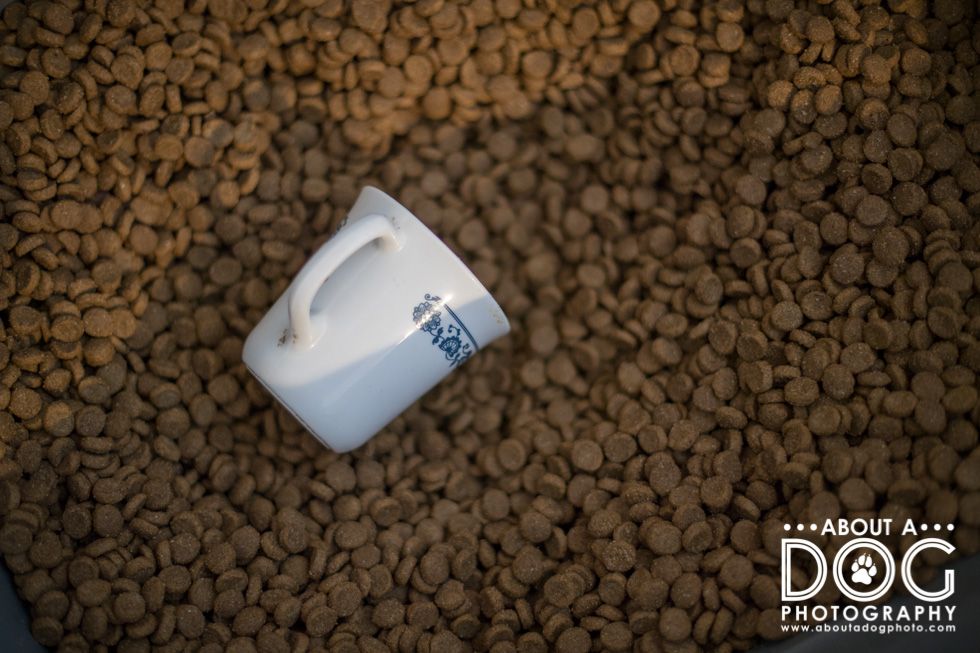 Axle is fed in his kennel.
Axle is fed in his kennel. 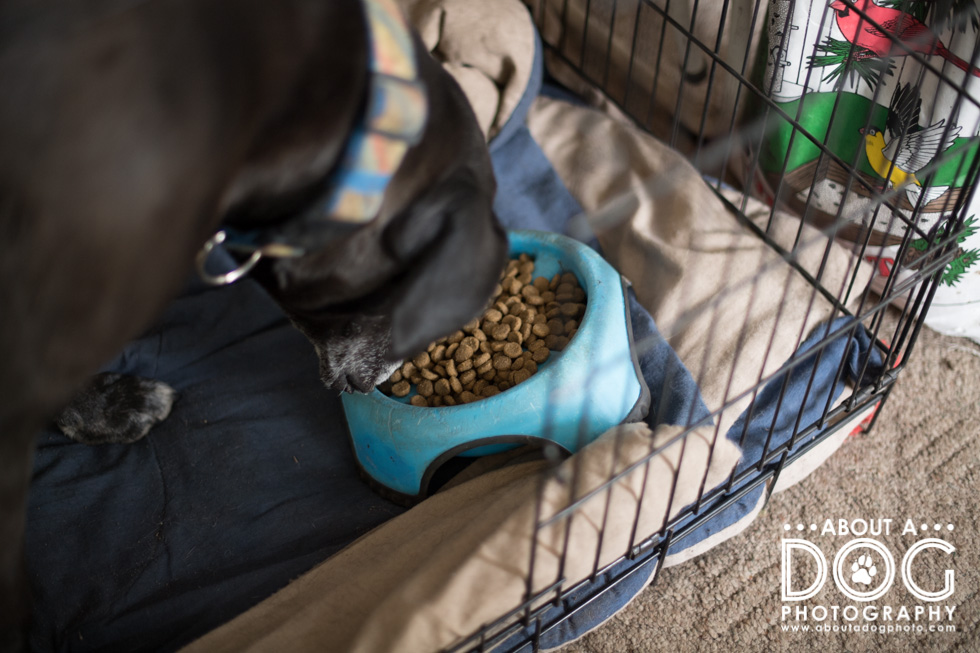
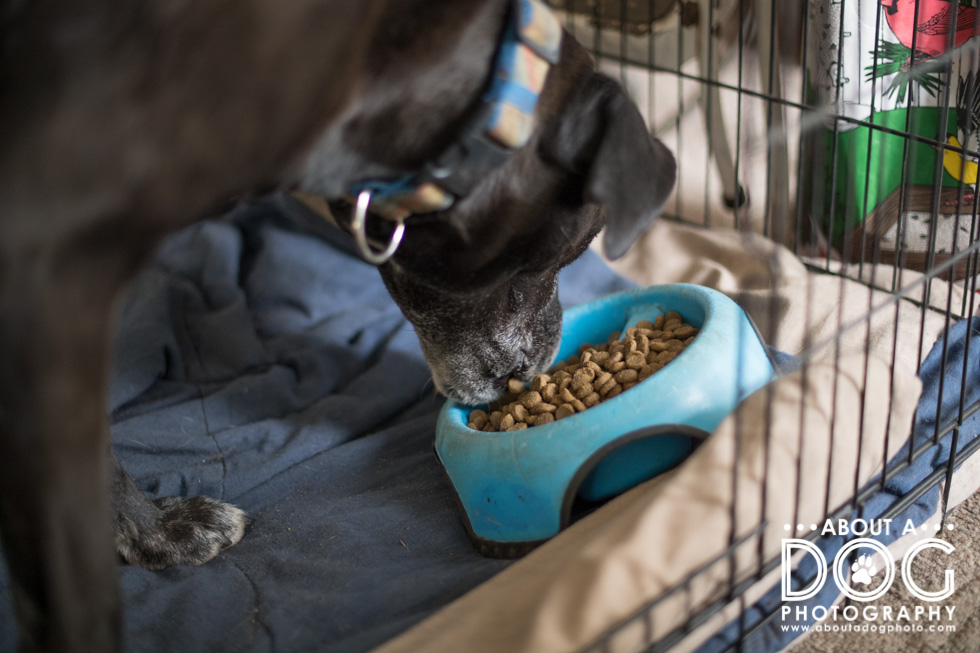
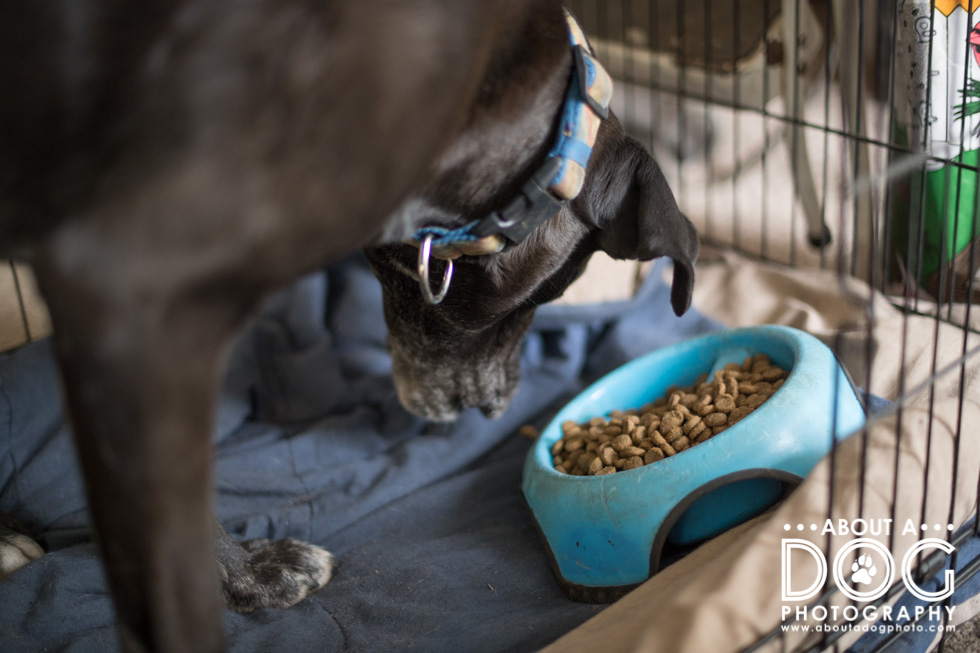
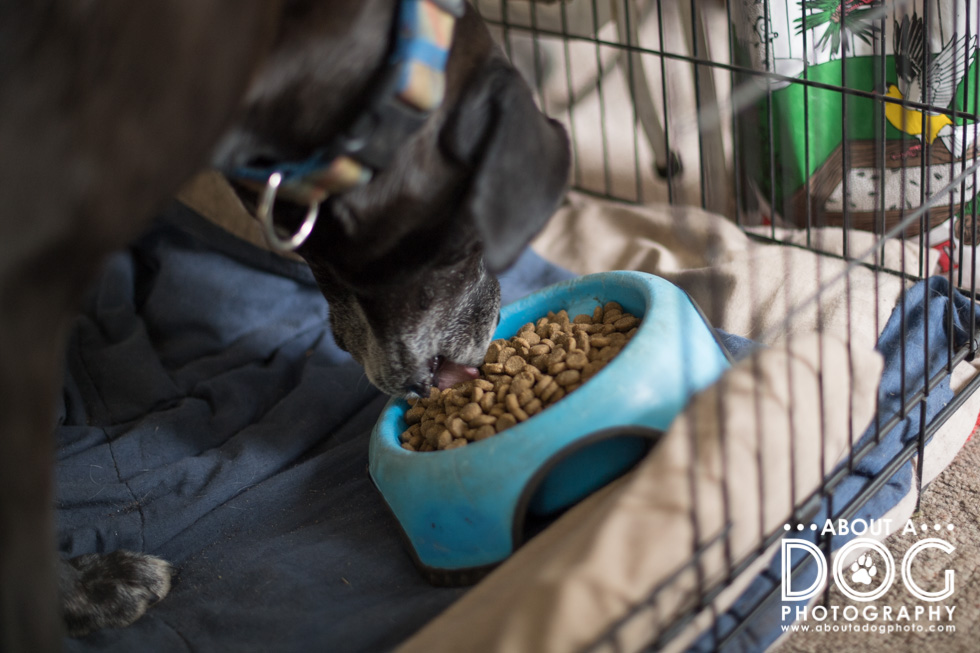
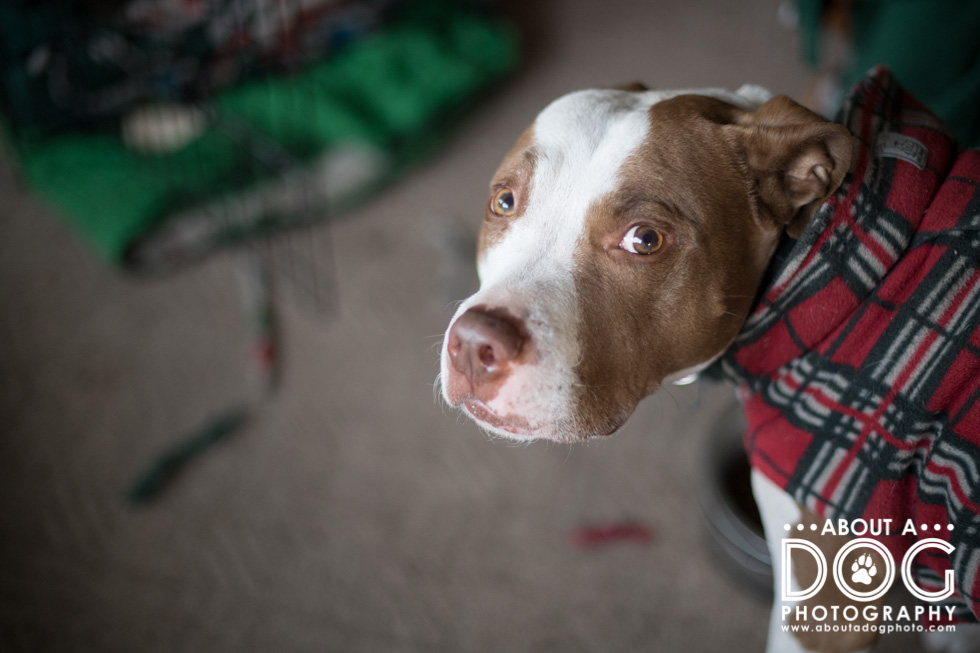
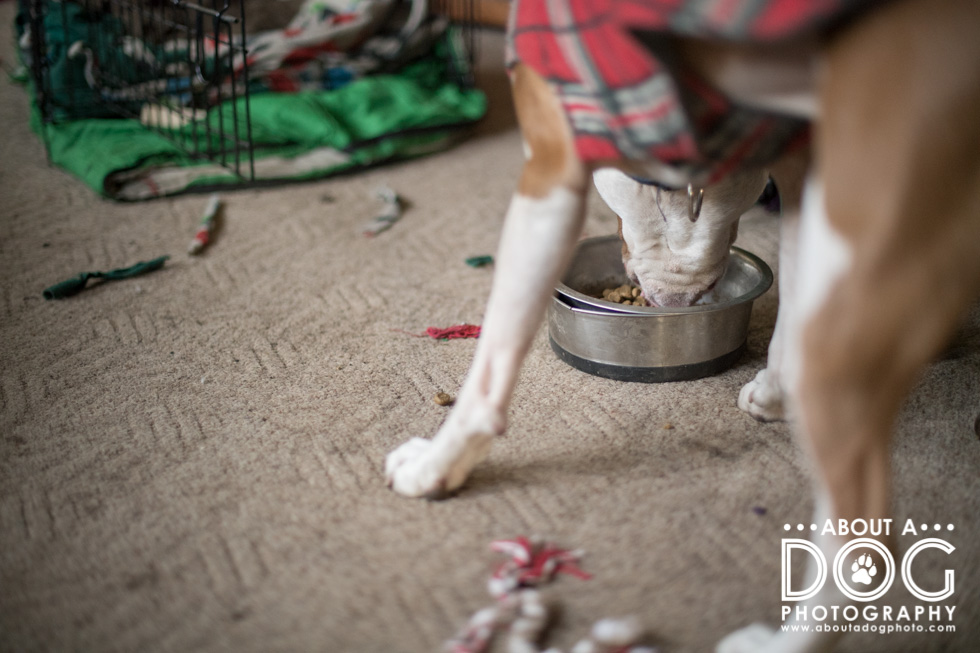
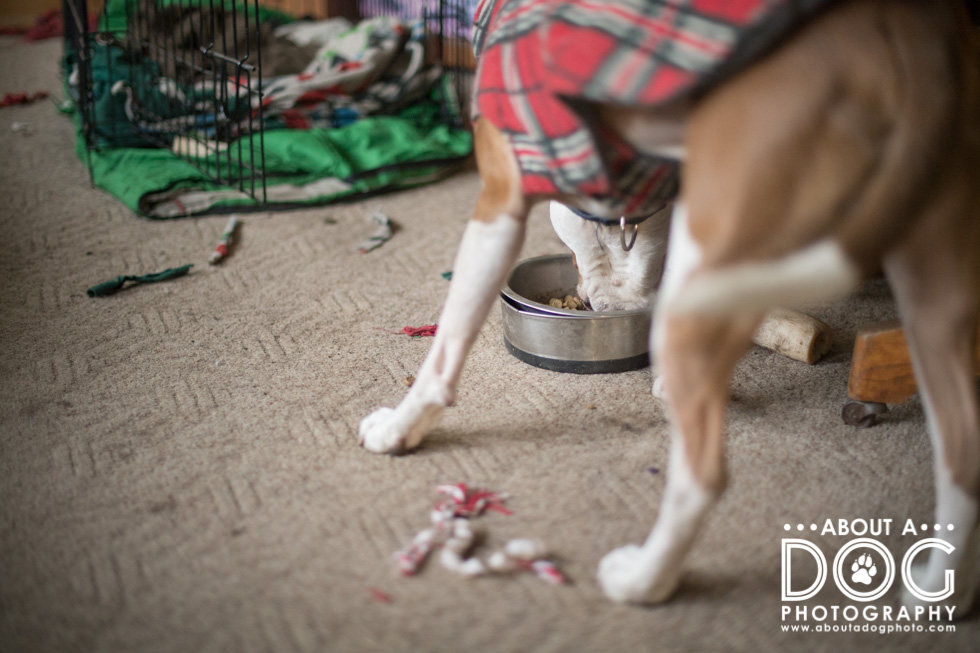
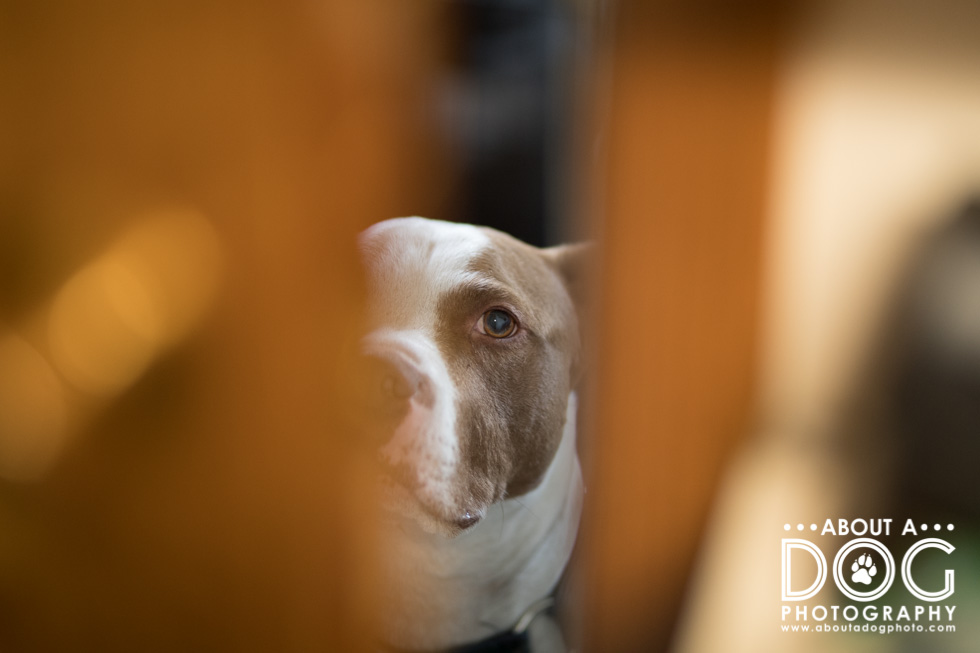
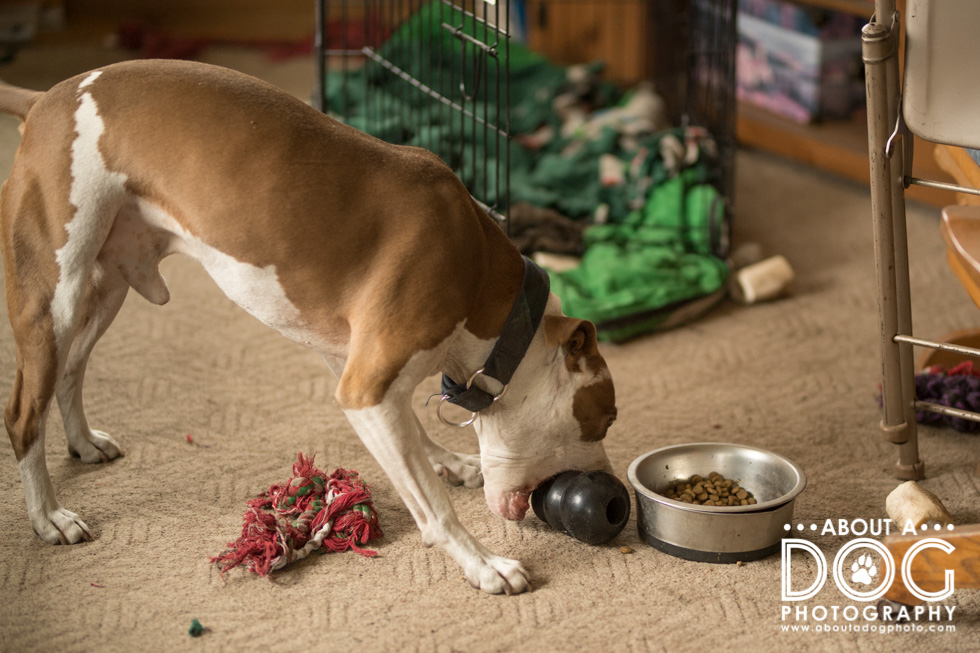
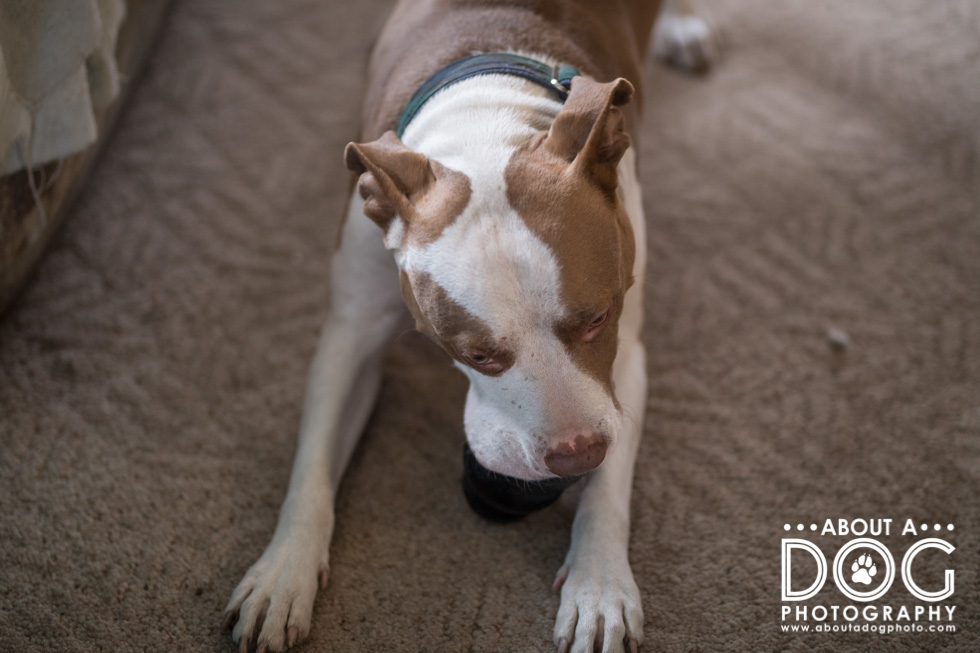
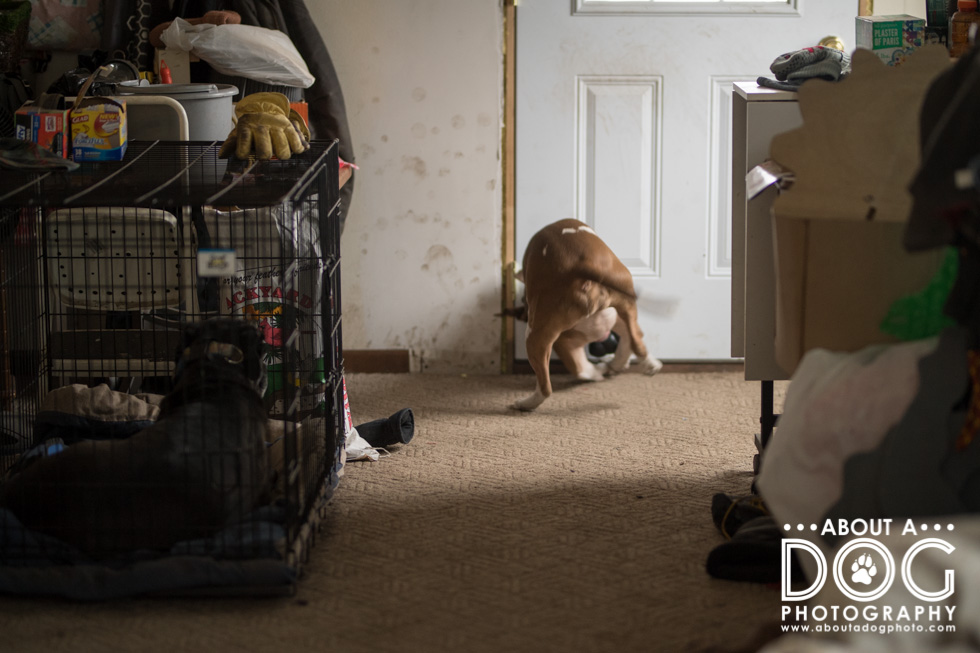
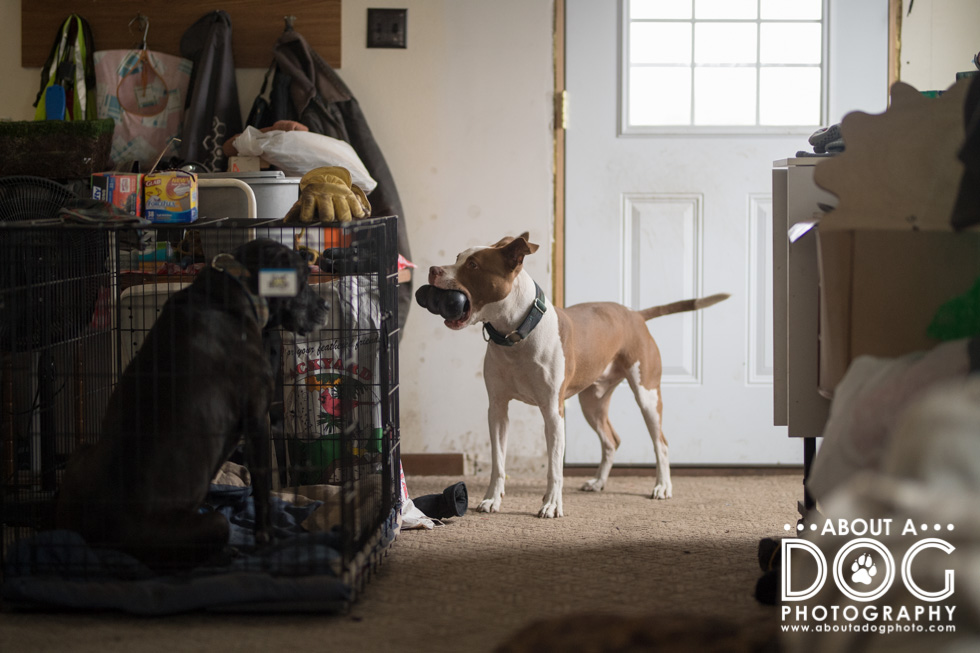
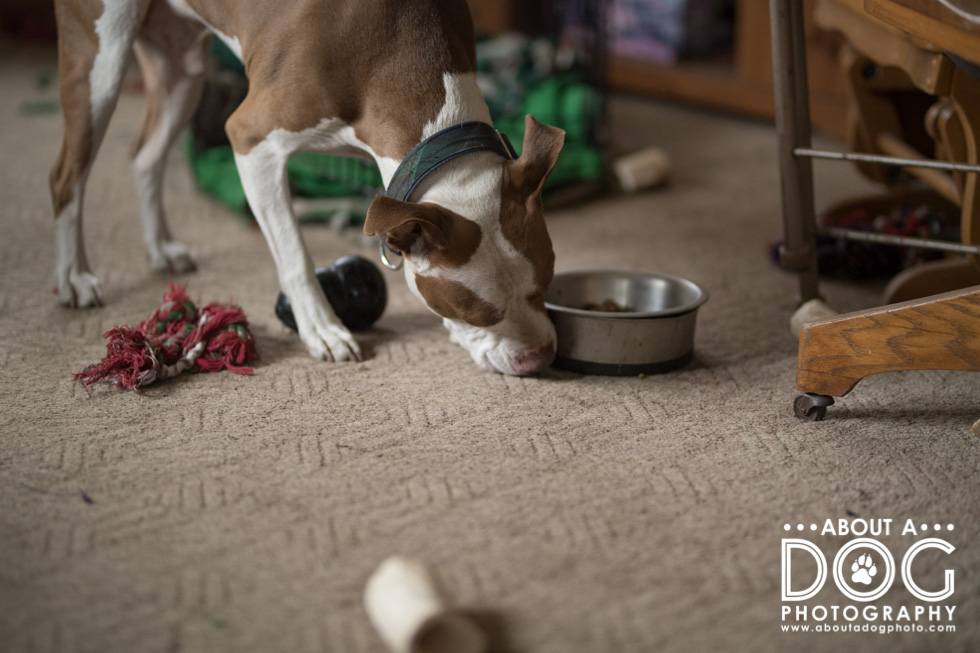
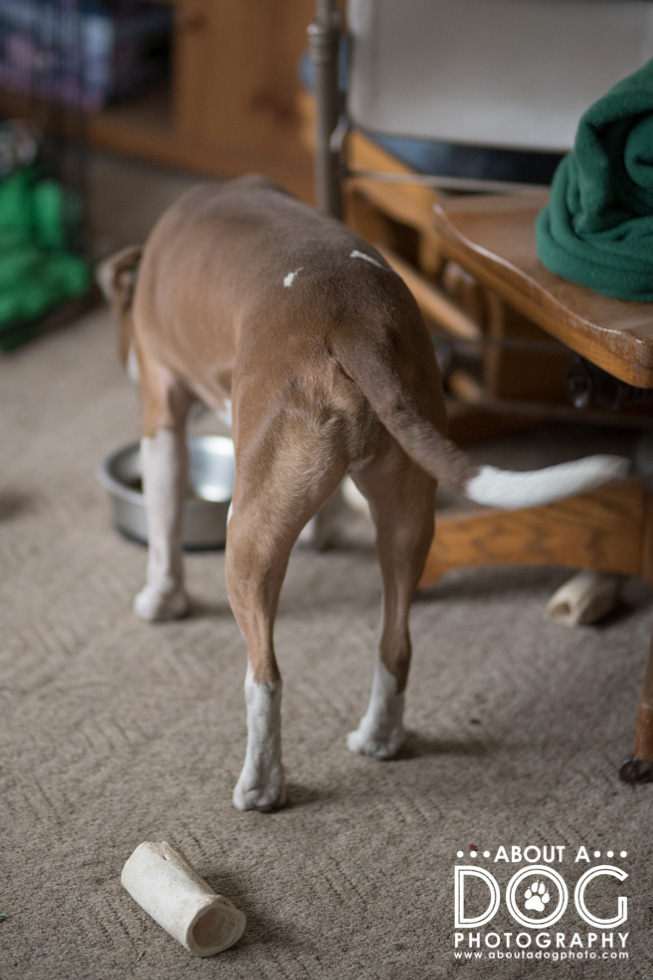
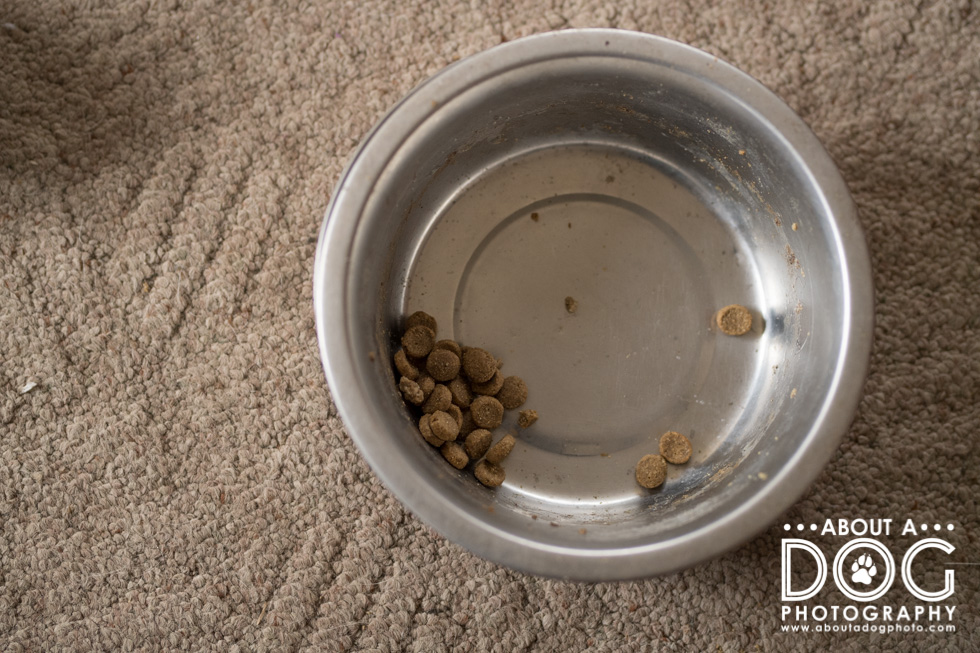
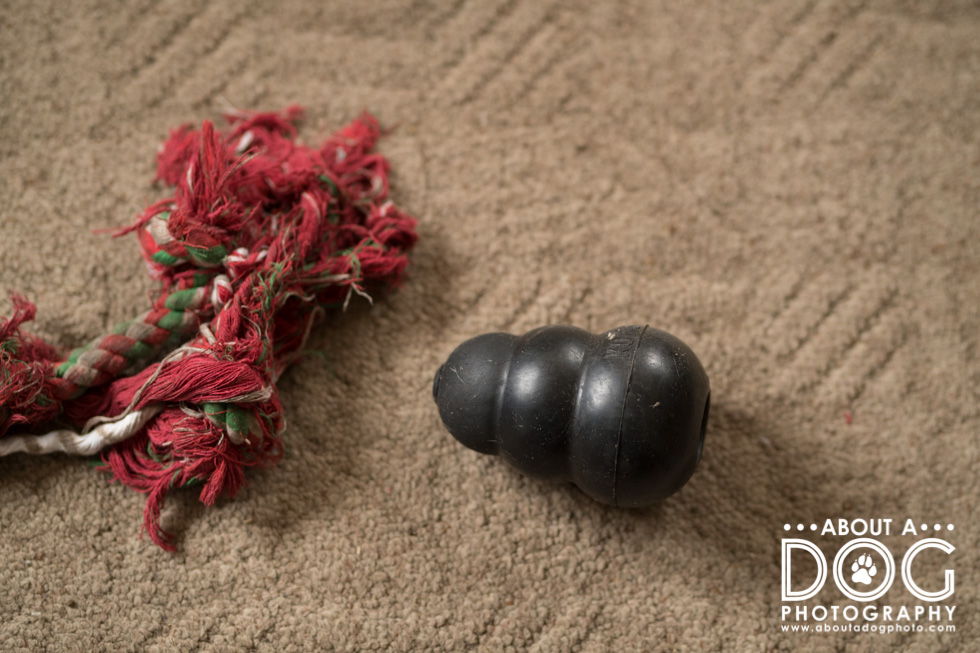
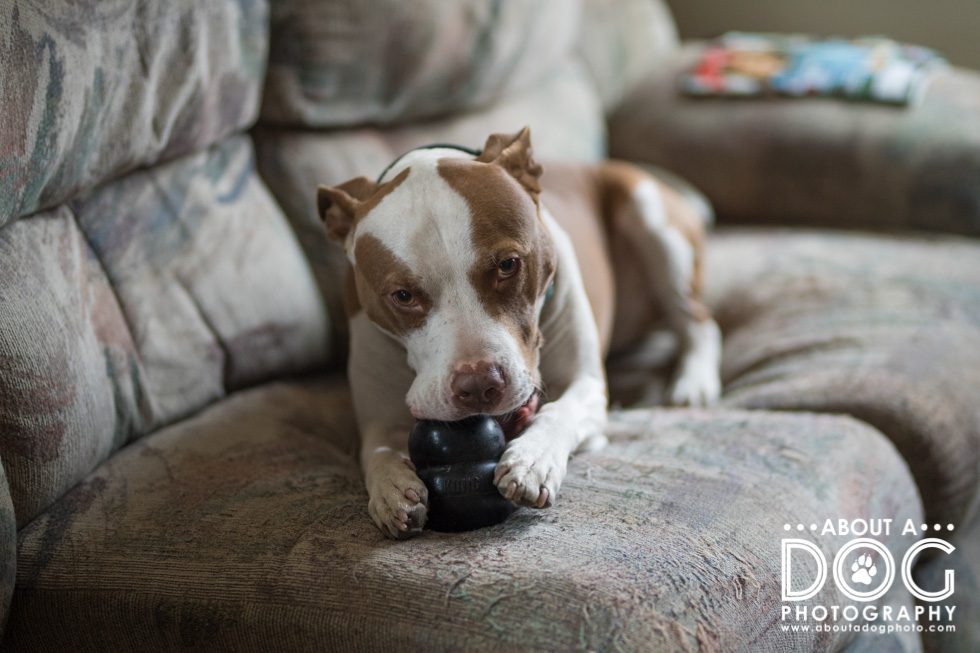
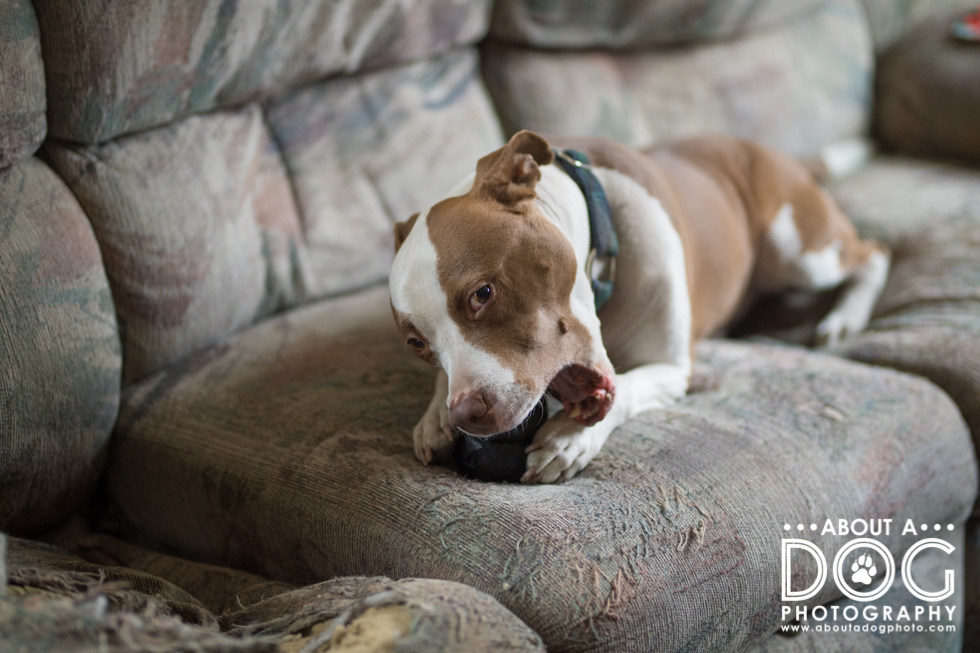
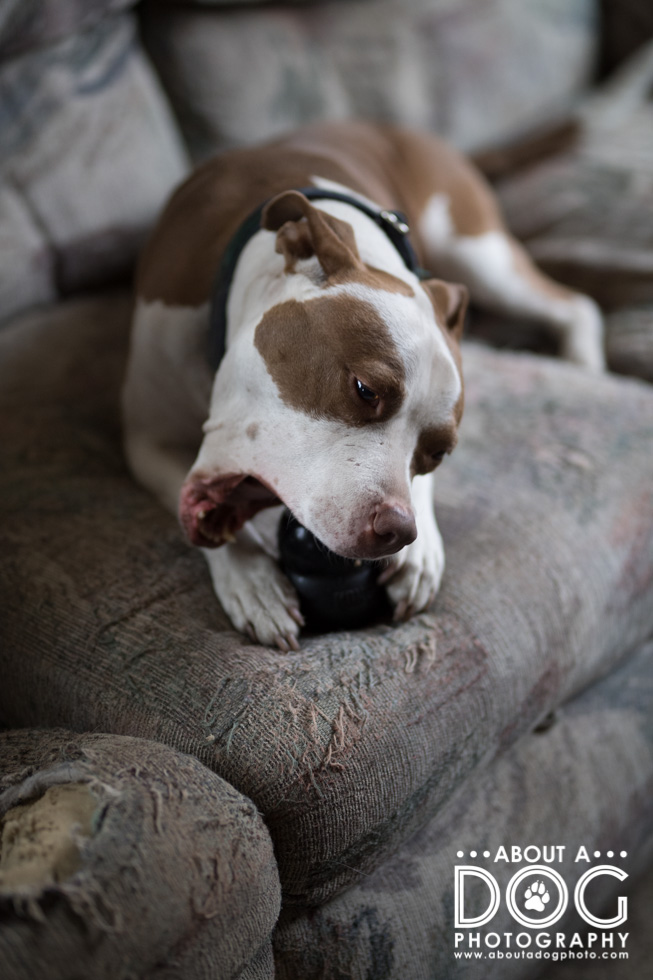
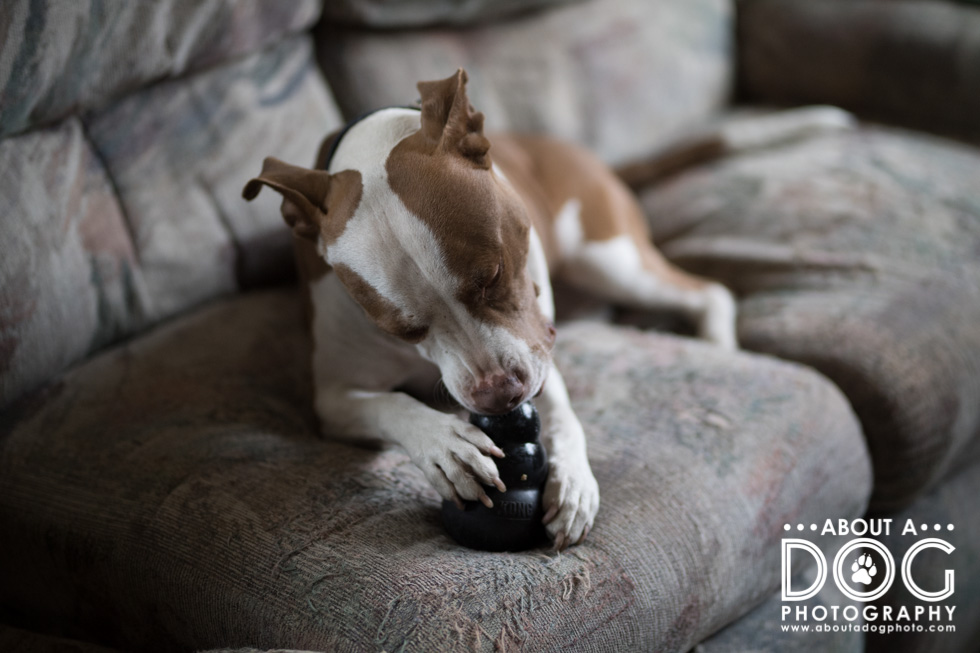
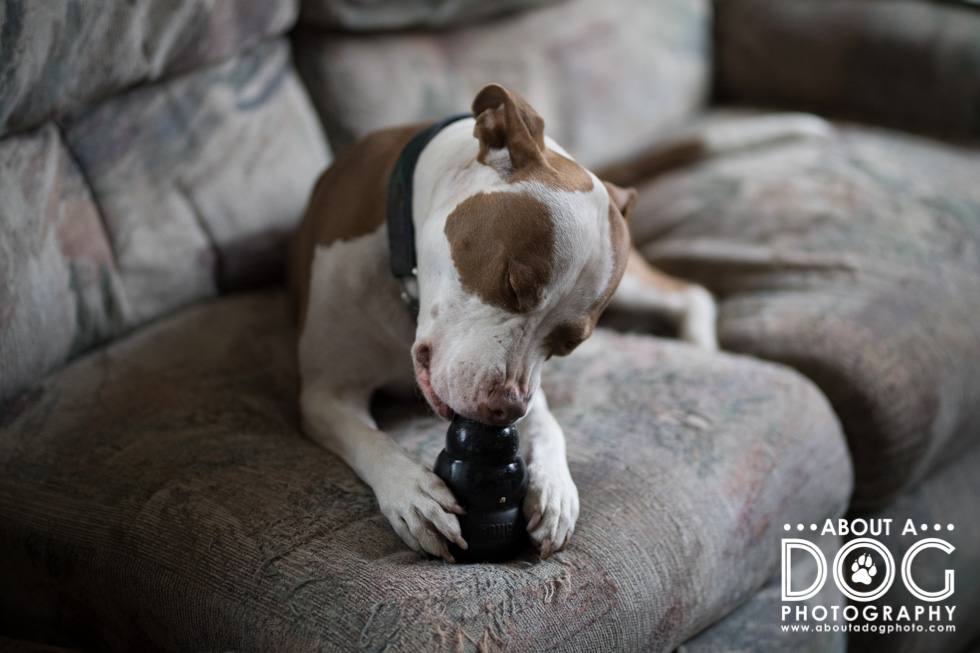
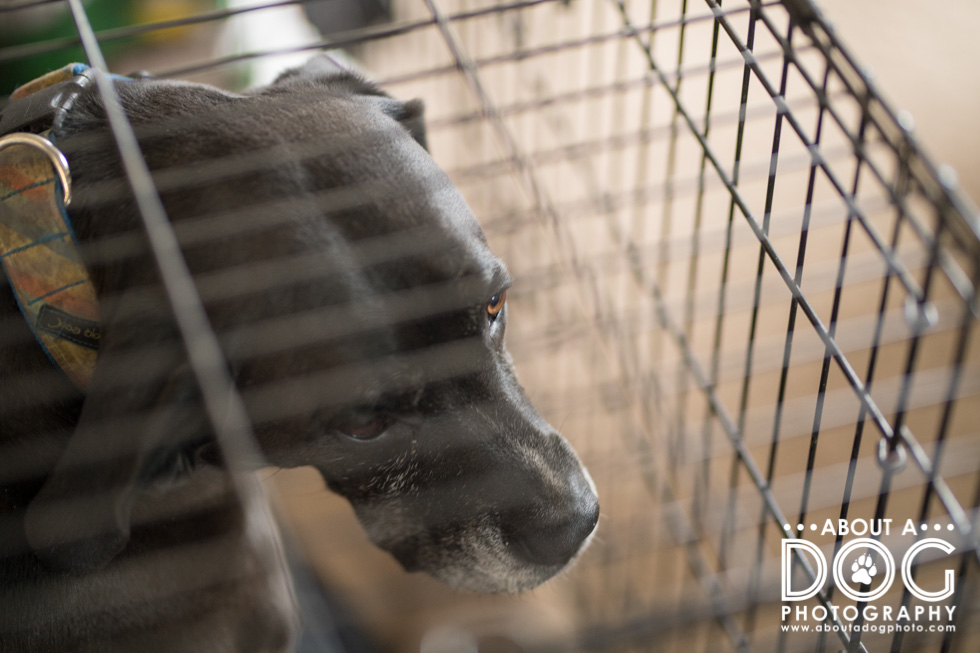
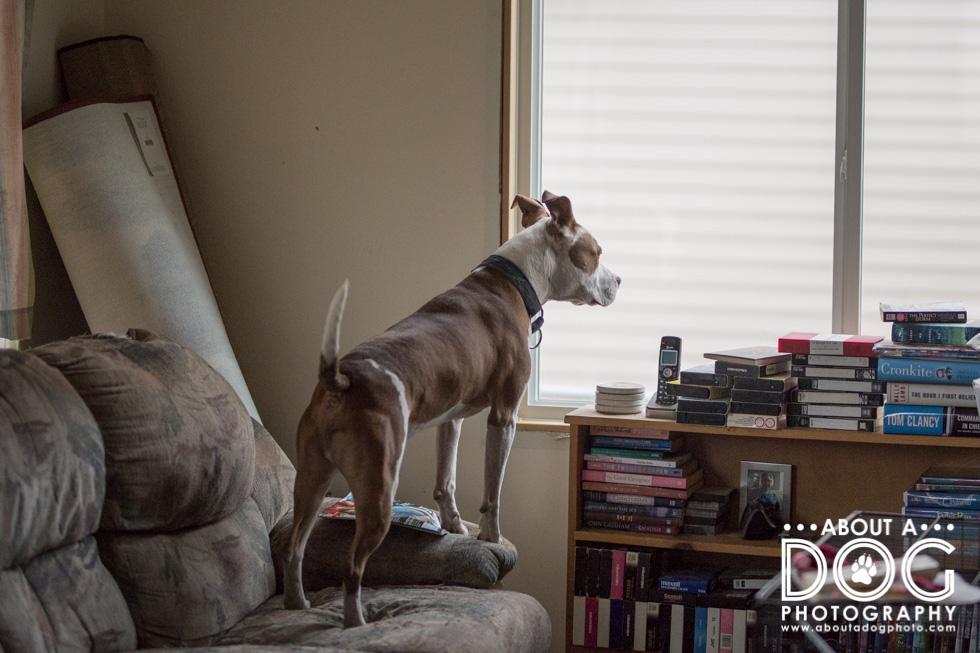
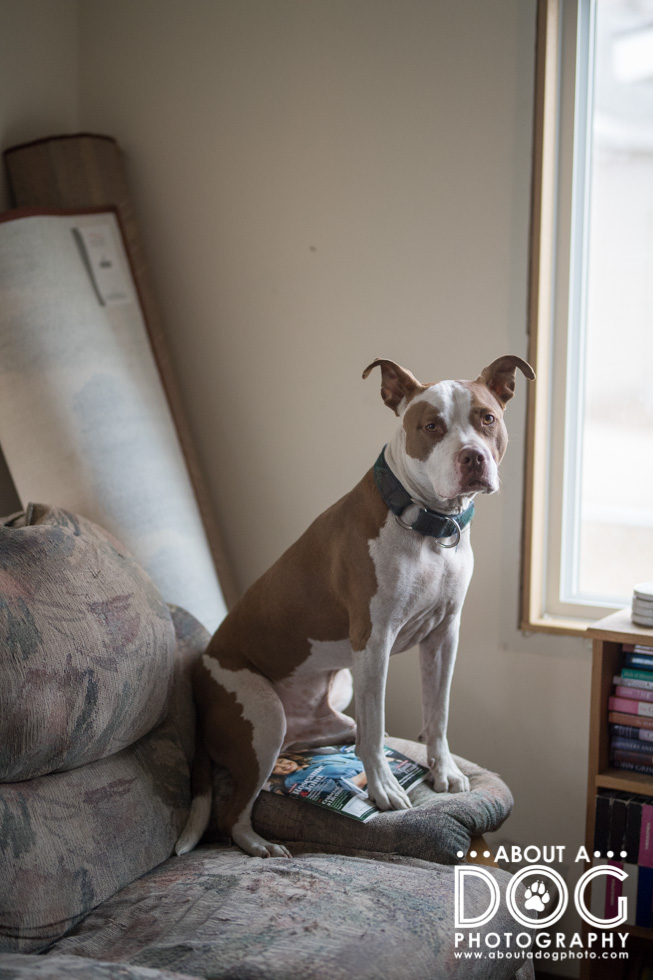
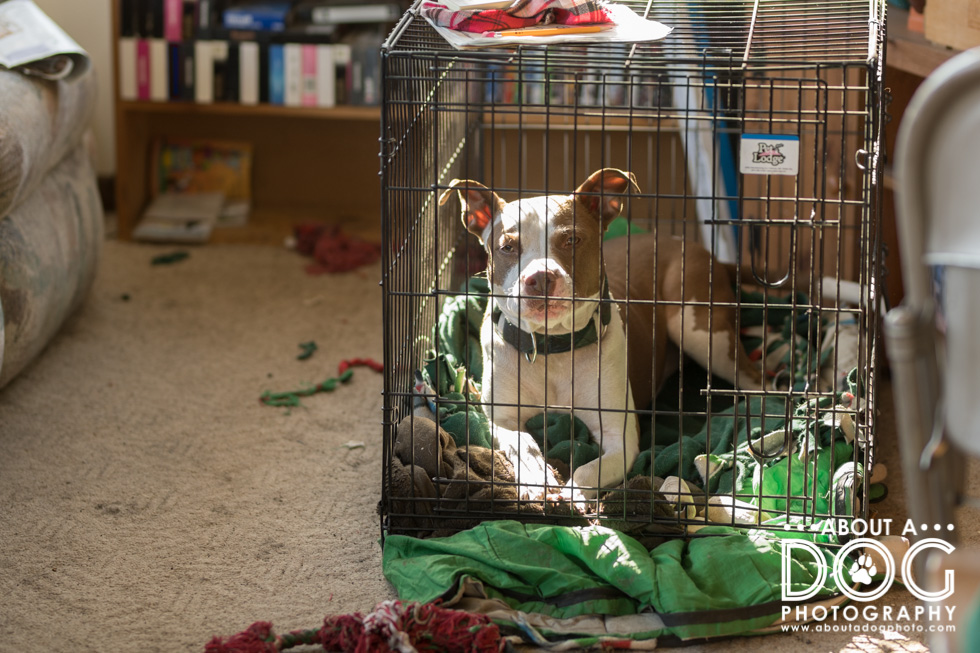
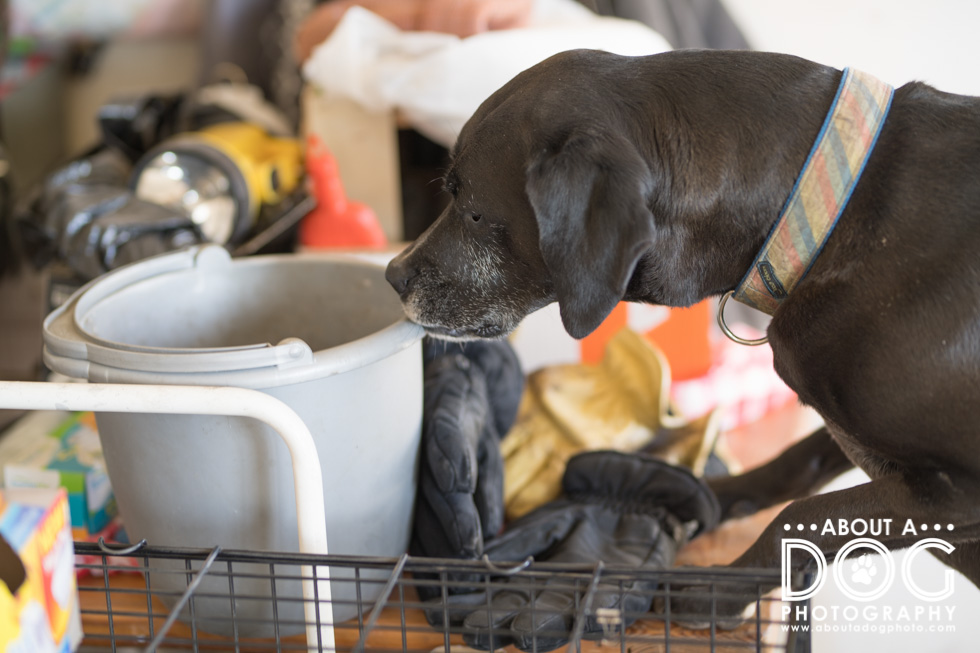
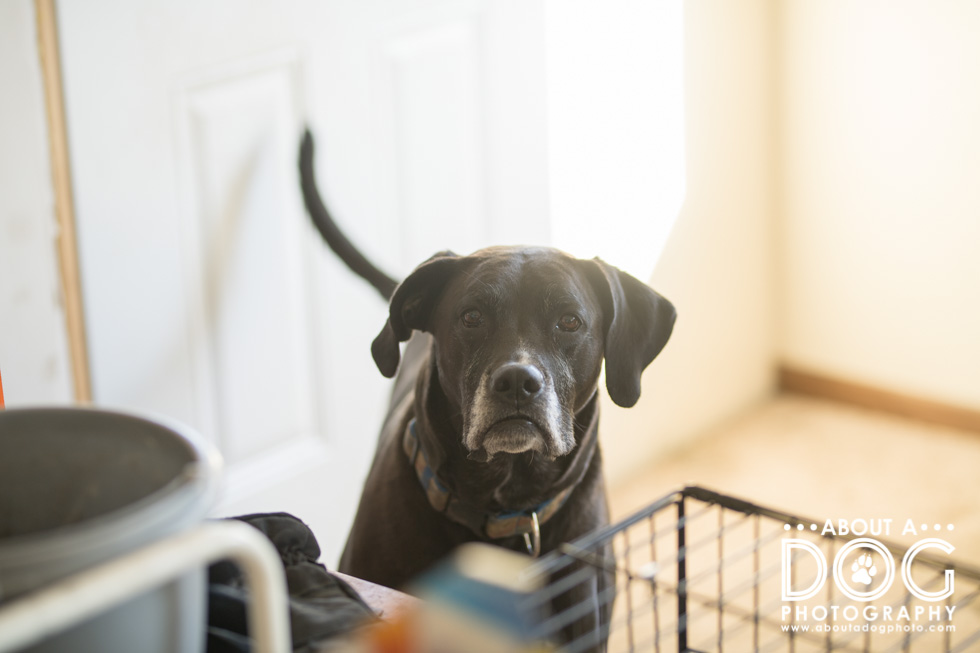
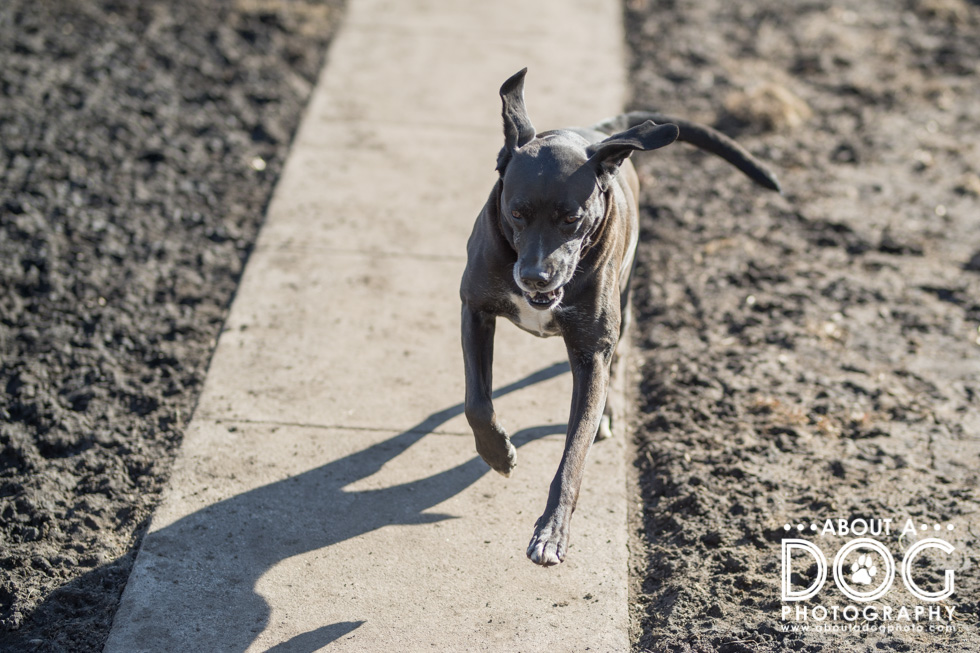
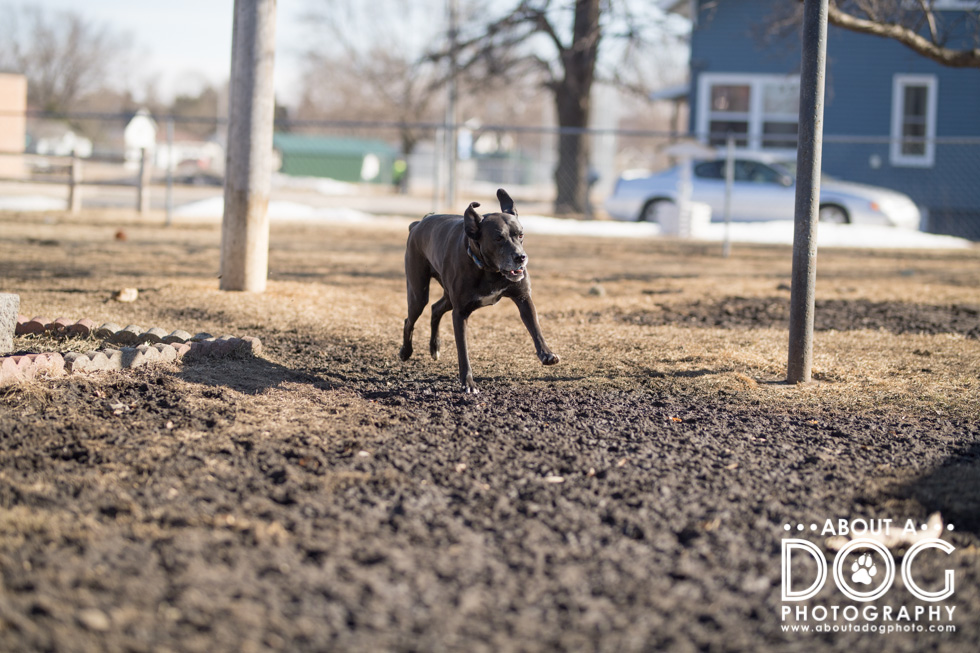
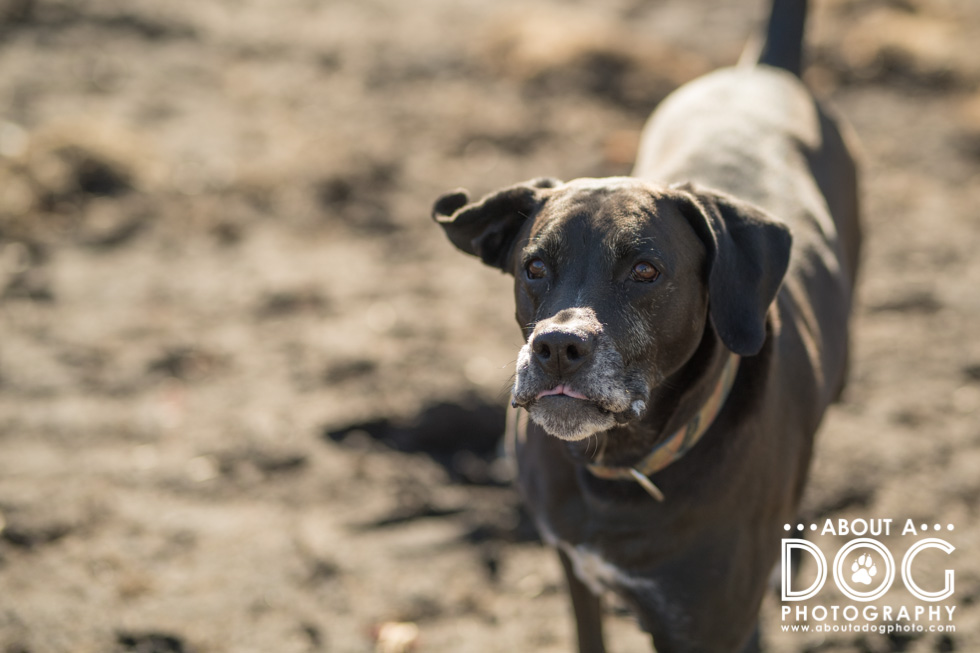
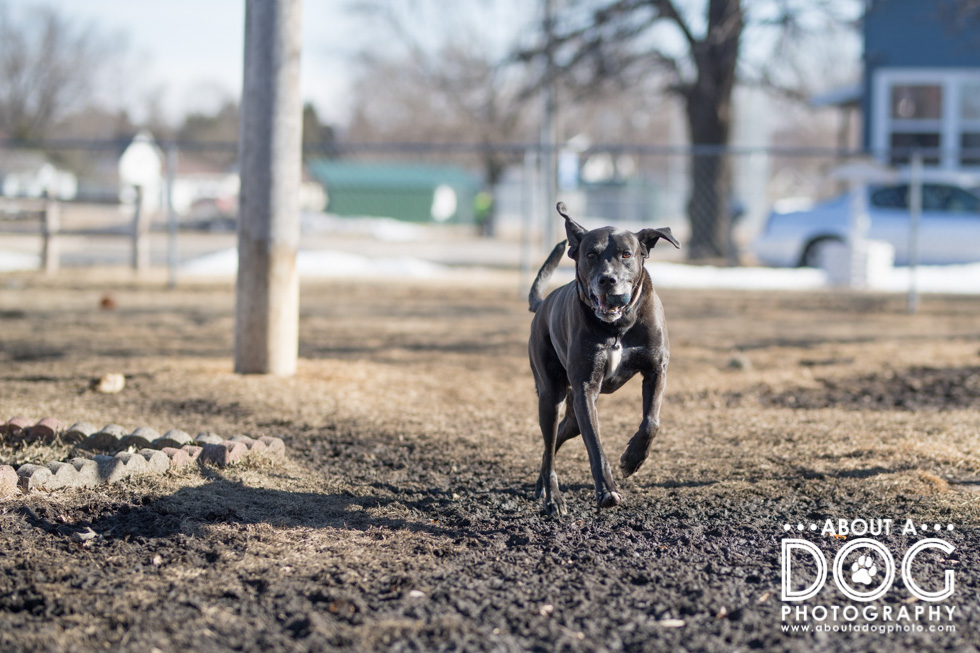
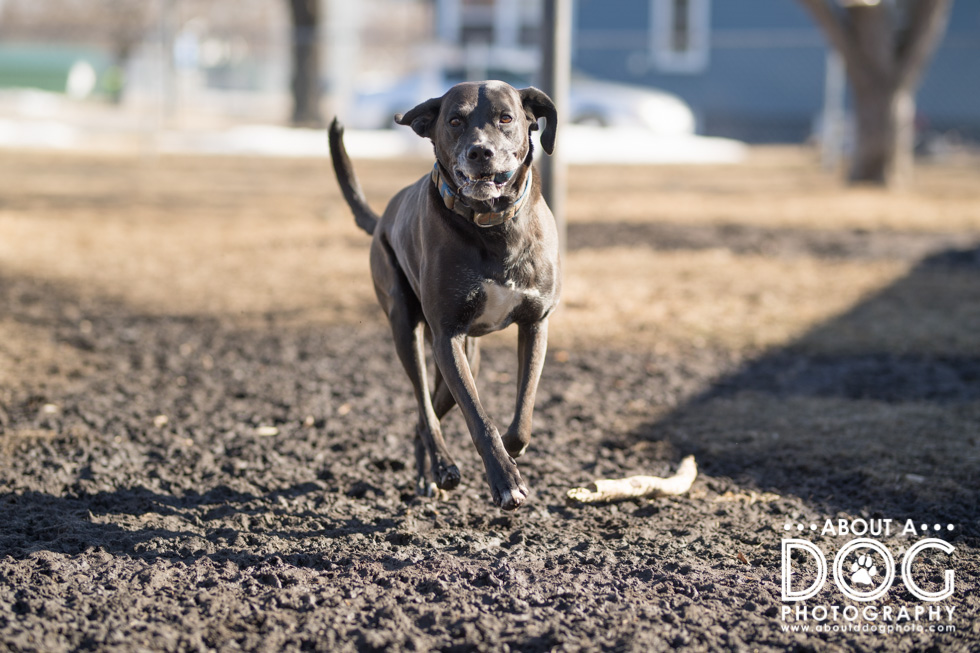
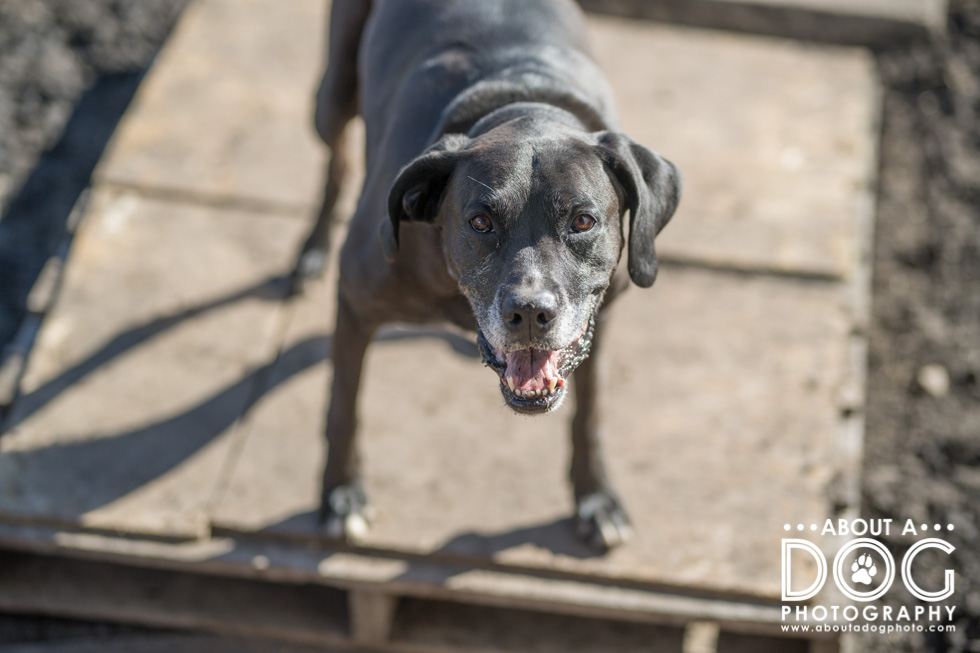 After a bit of fetch we go in (he’s developed a bad habit of turning tail when he’s asked to come into the house when he doesn’t want to go in) but knows that it works on my parents more than with me. He lounges for the rest of the morning. They are switched for who’s out of the kennel around 1ish, 3ish, 7ish and in the evening when everyone retires to bed.
After a bit of fetch we go in (he’s developed a bad habit of turning tail when he’s asked to come into the house when he doesn’t want to go in) but knows that it works on my parents more than with me. He lounges for the rest of the morning. They are switched for who’s out of the kennel around 1ish, 3ish, 7ish and in the evening when everyone retires to bed.